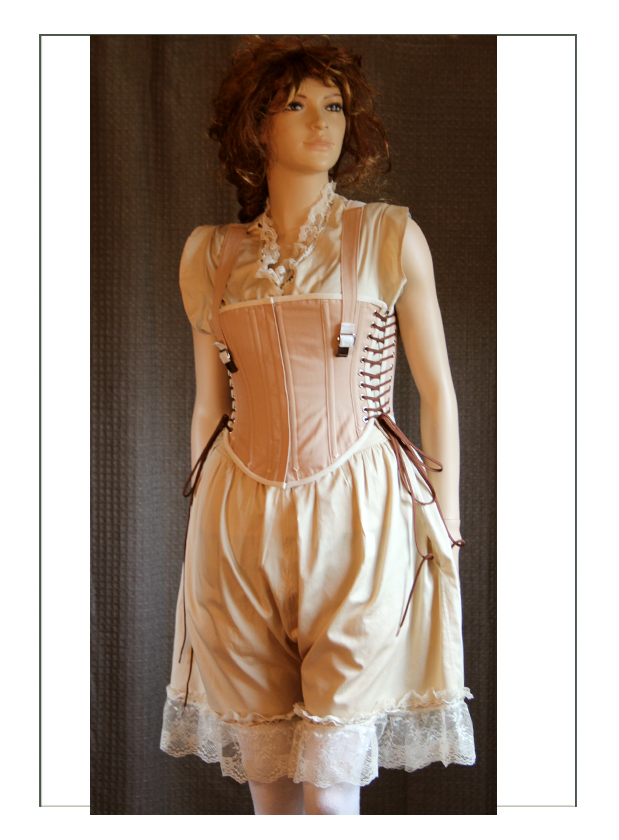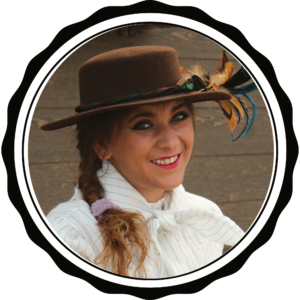

Real & Perceived Western Women
As presented to the Public by the media at the time
All reproduced from actual postcards as collected in “Cowgirls Women of the Wild West” by Elizabeth Clair Flood and William Manns by Zion International Publishing, Santa Fe, NM 2003 Copyrihgt
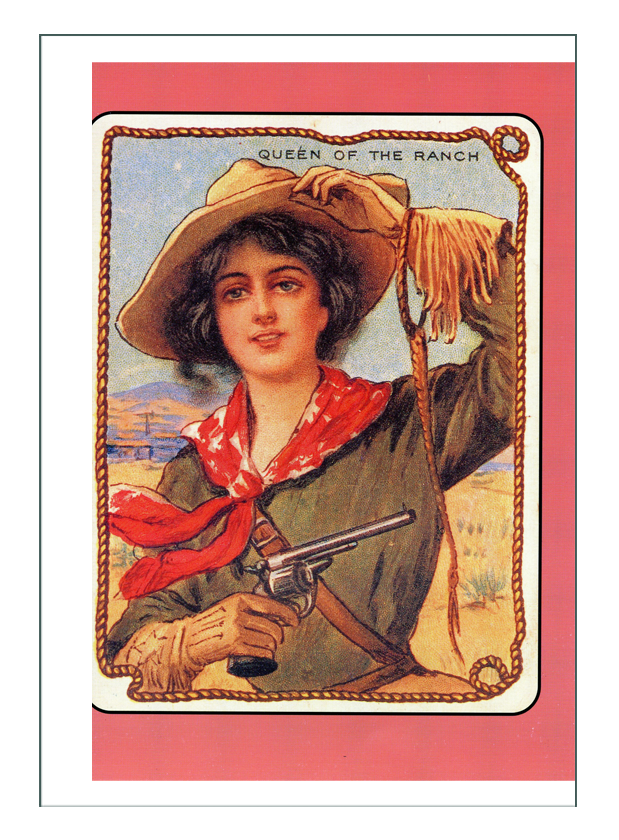
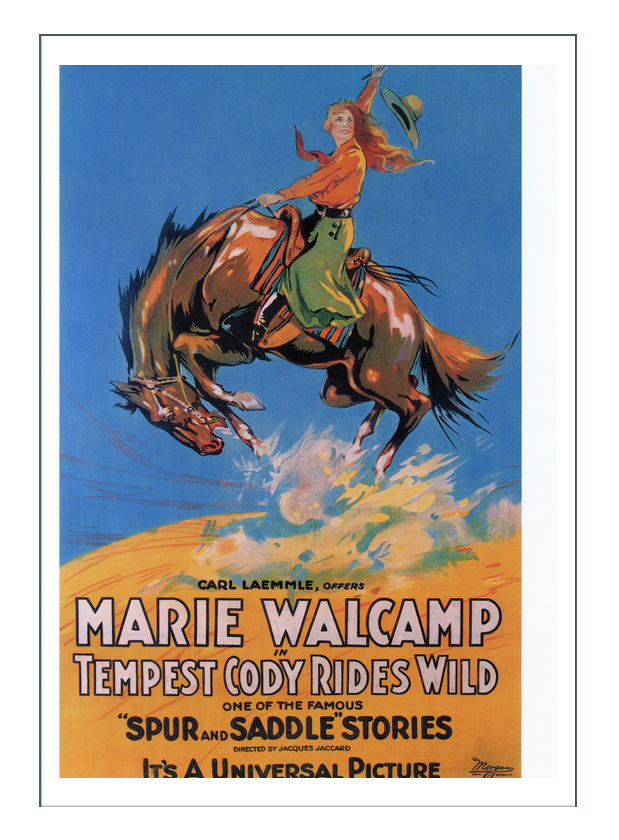
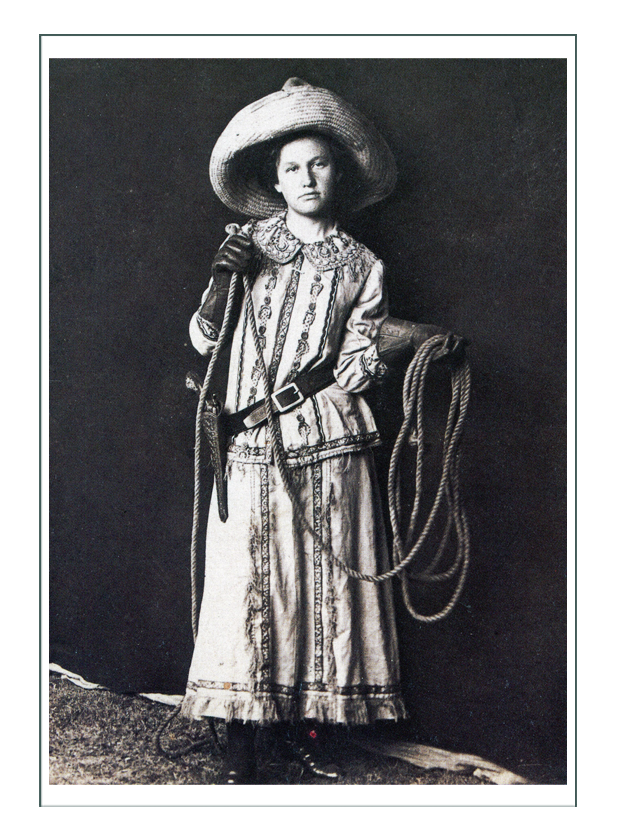
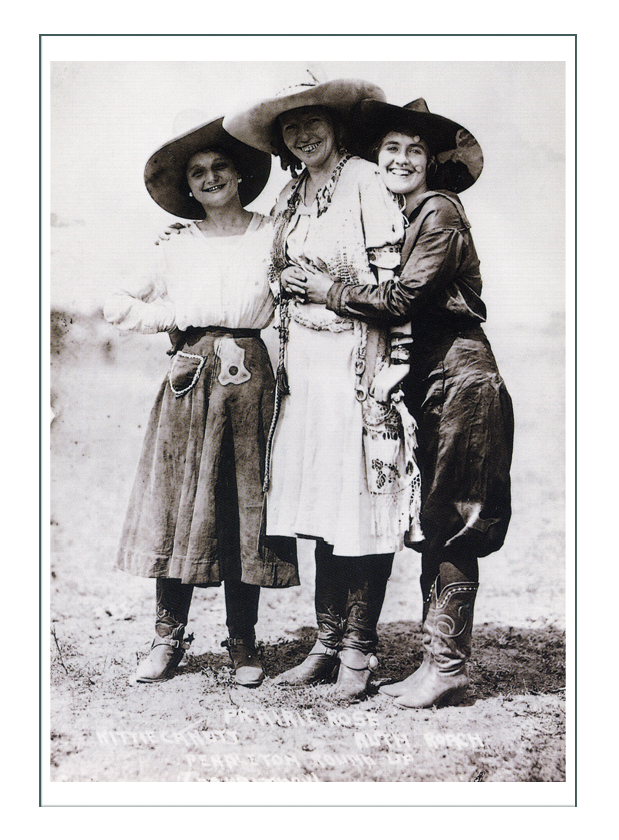
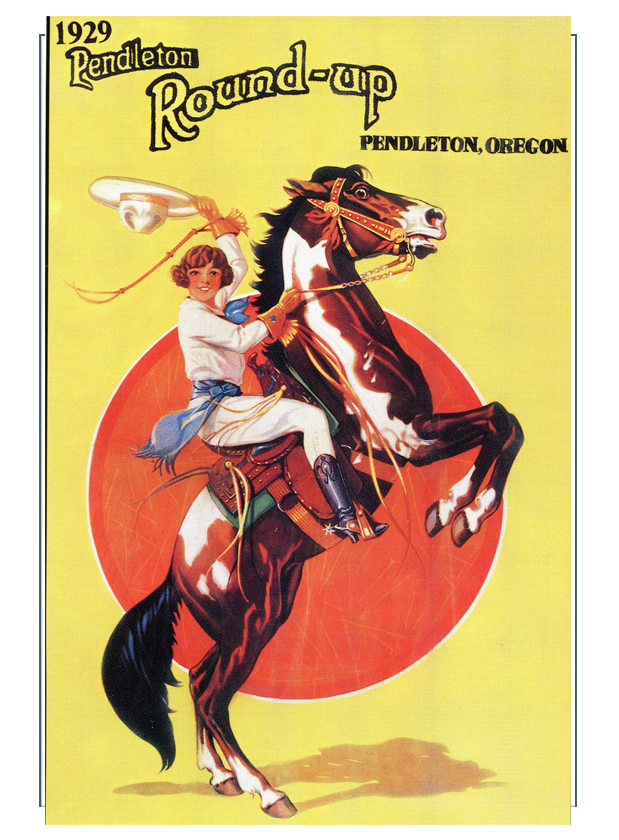
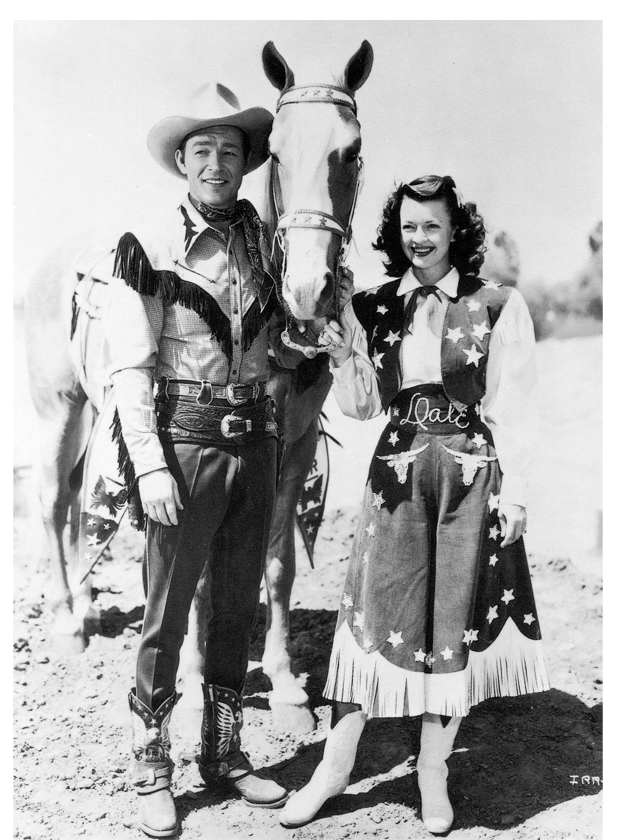
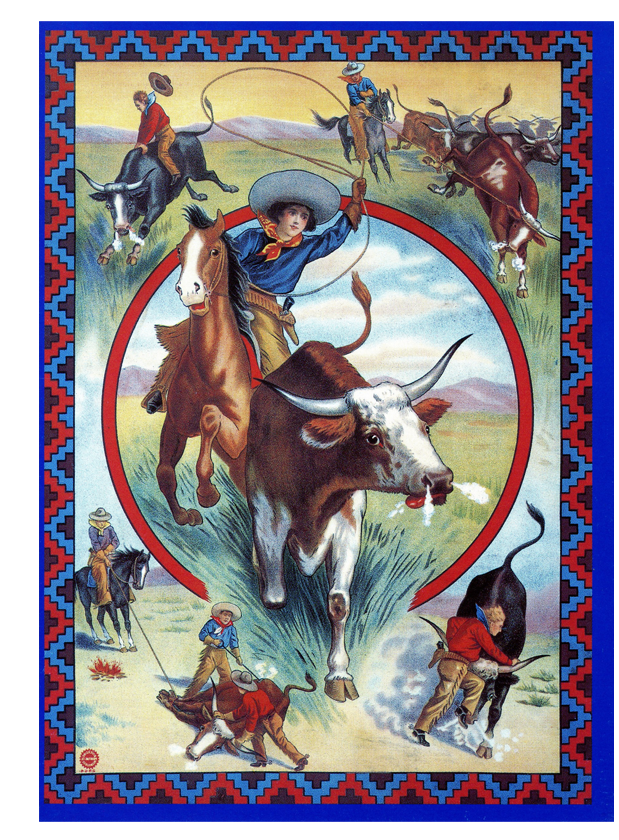
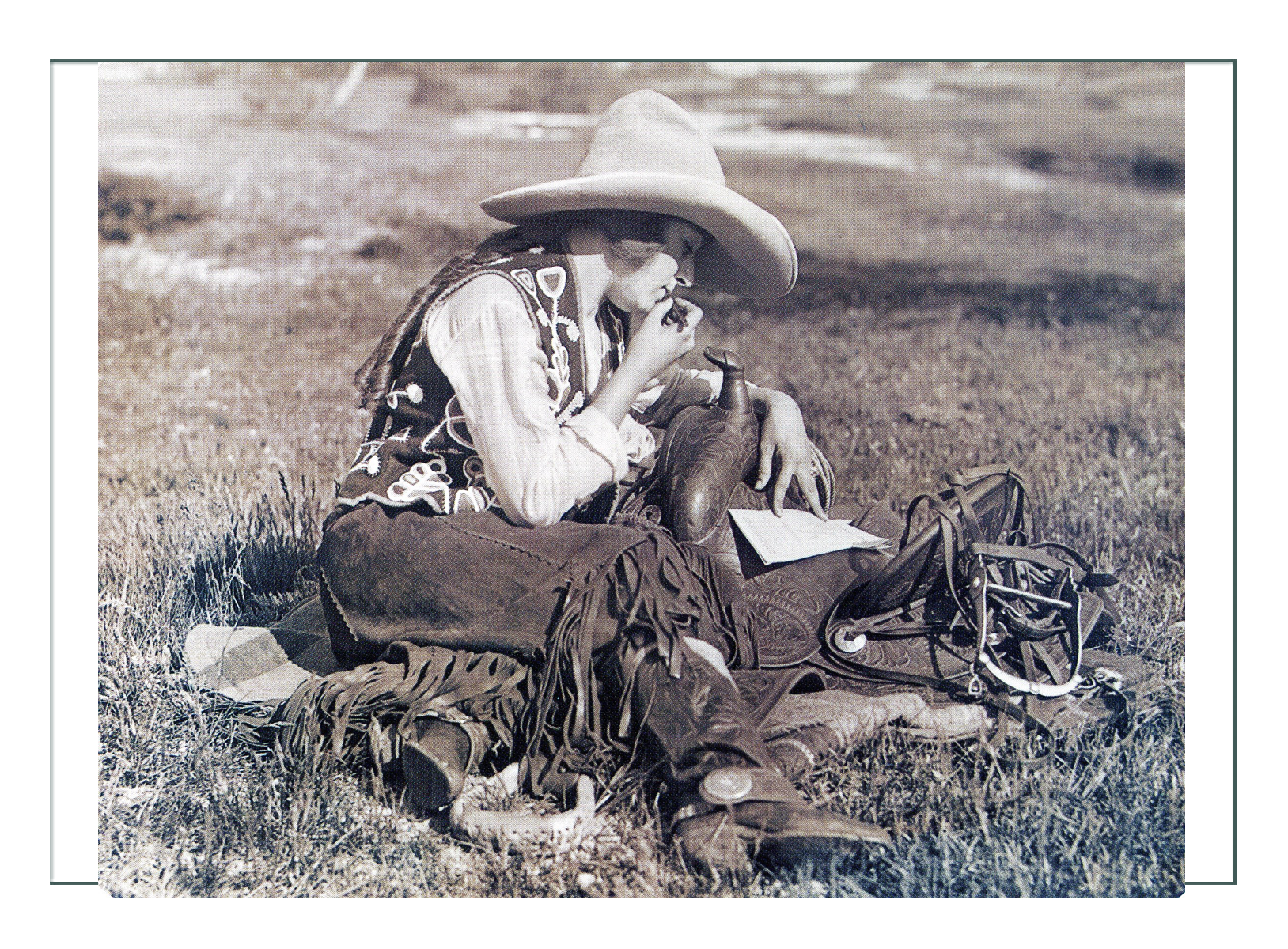
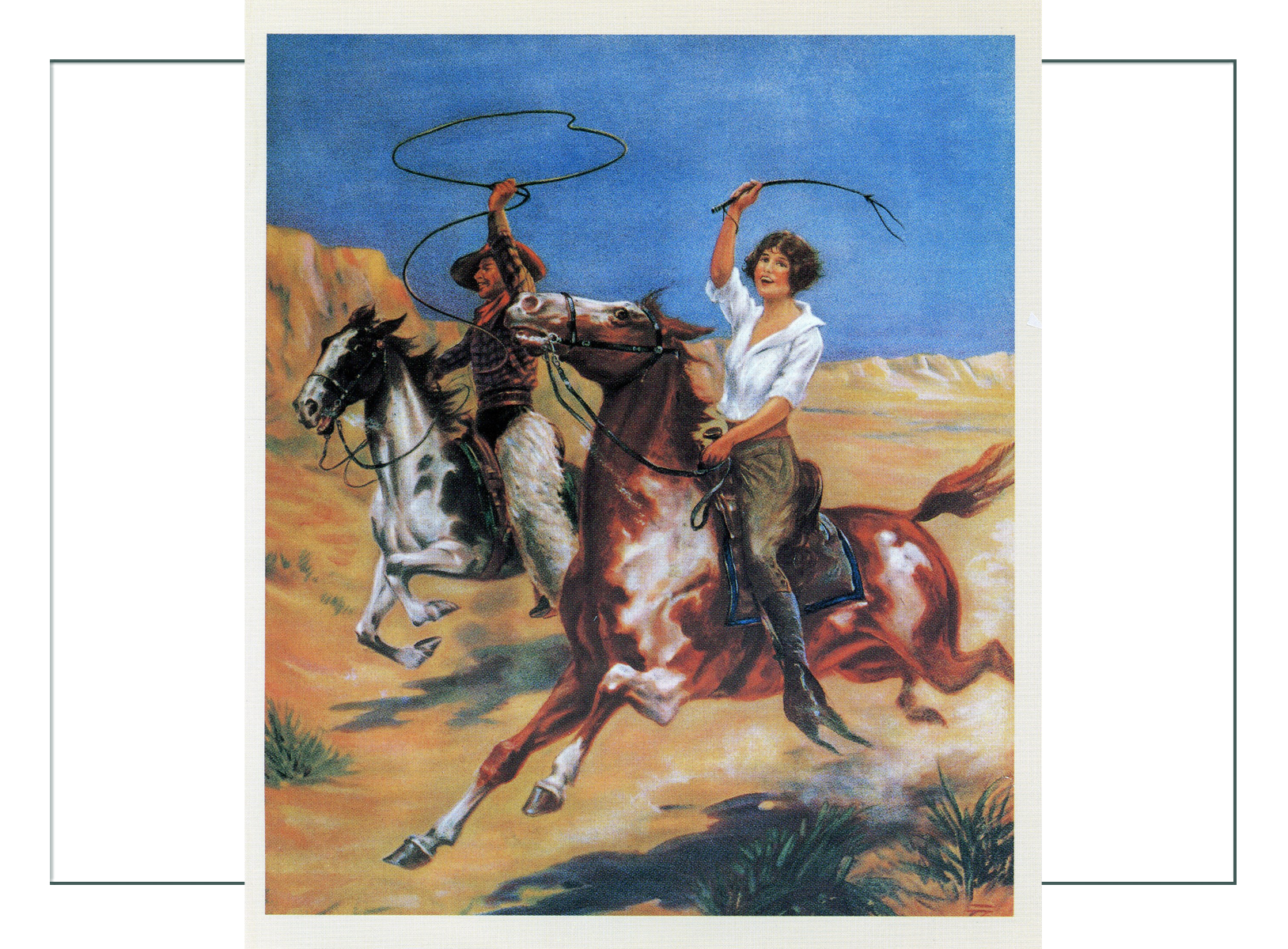
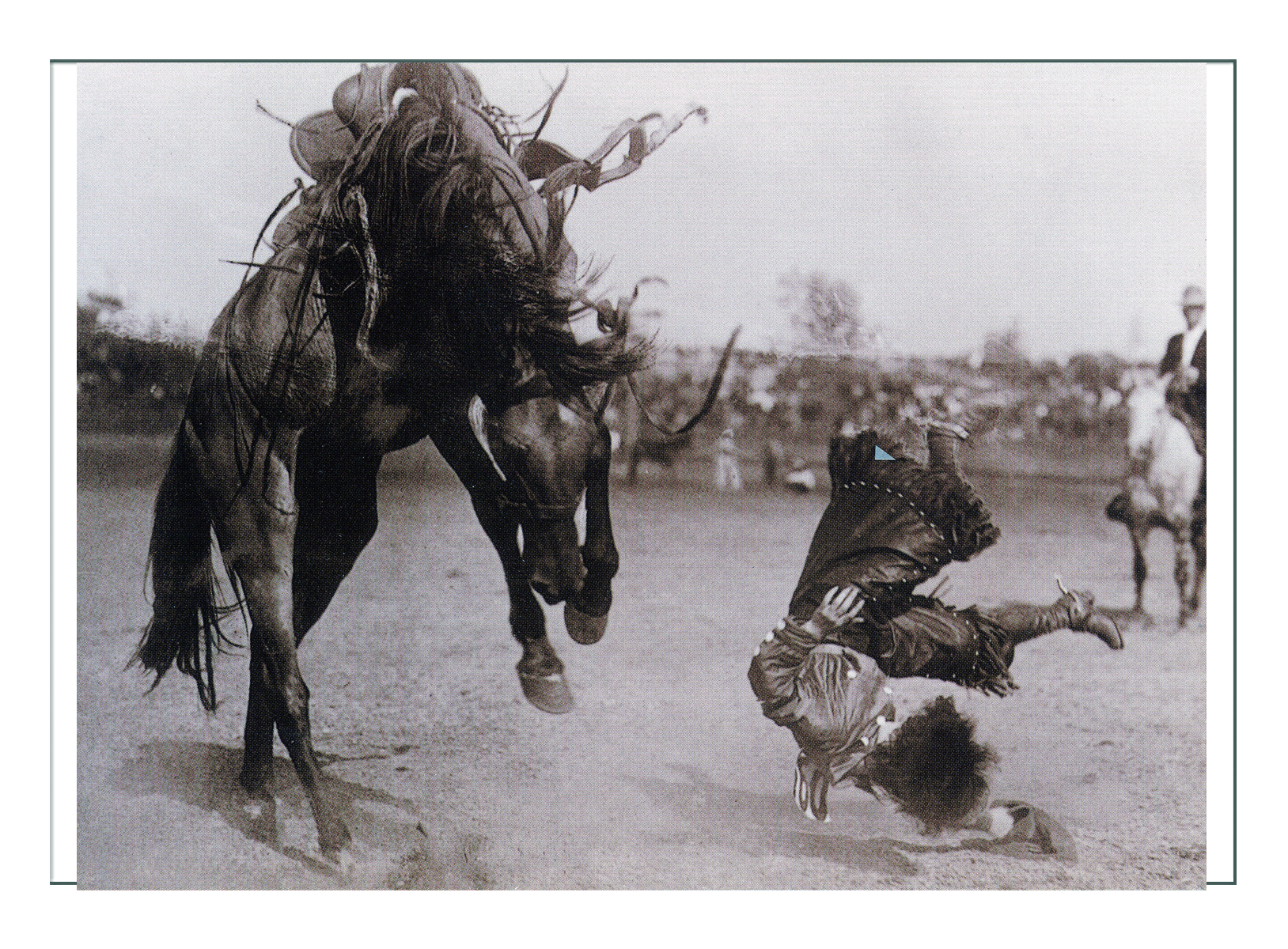
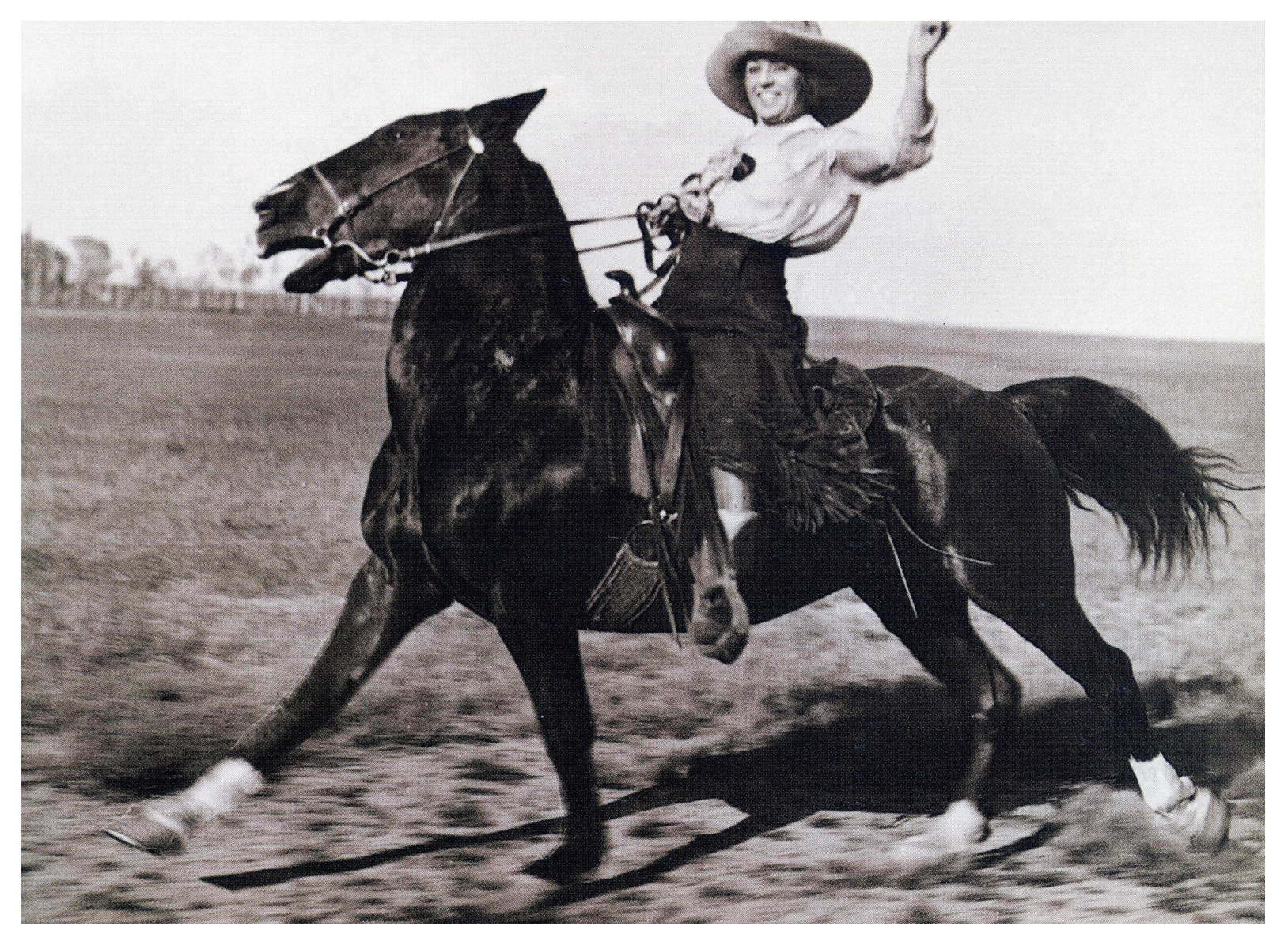
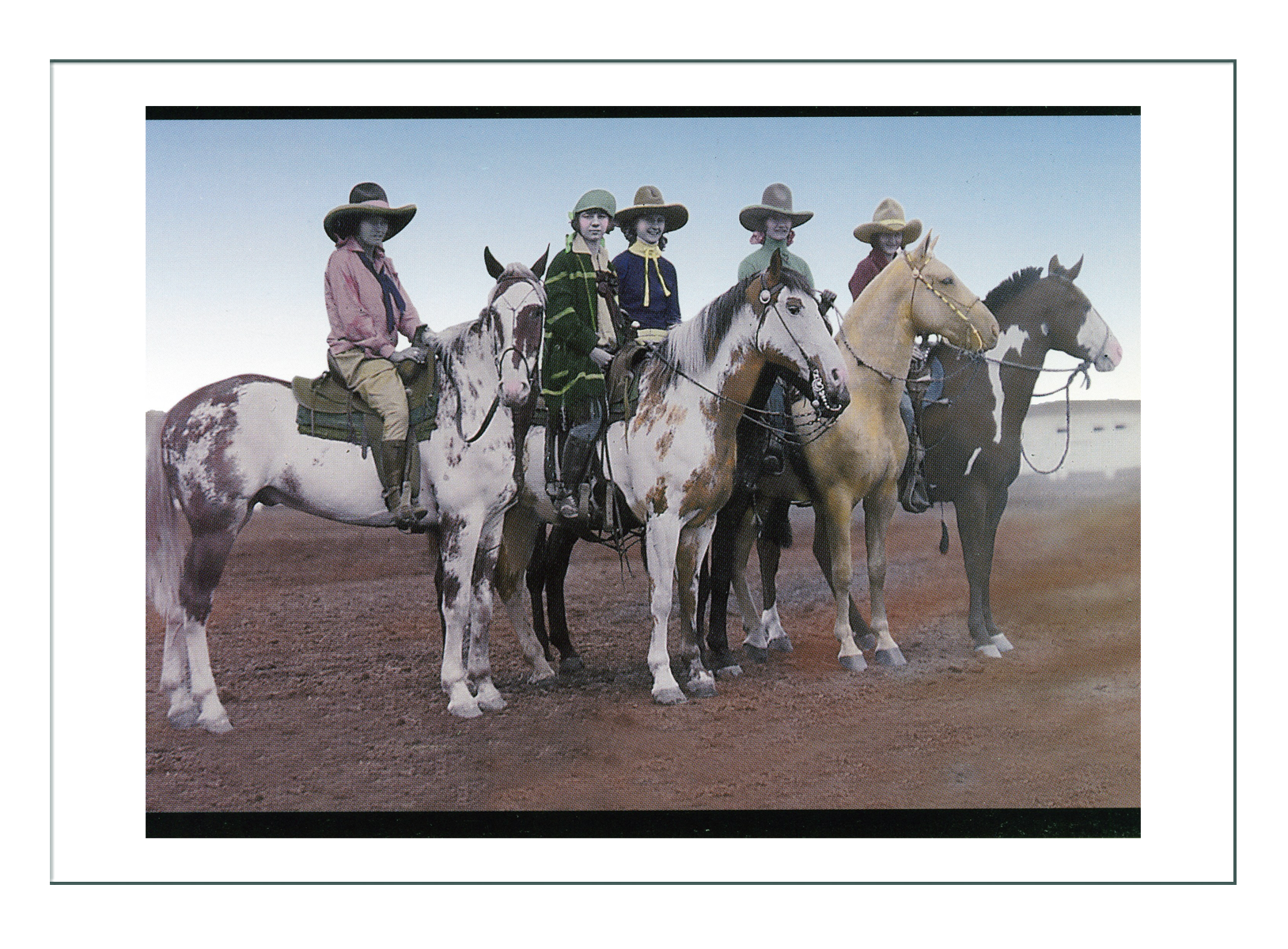
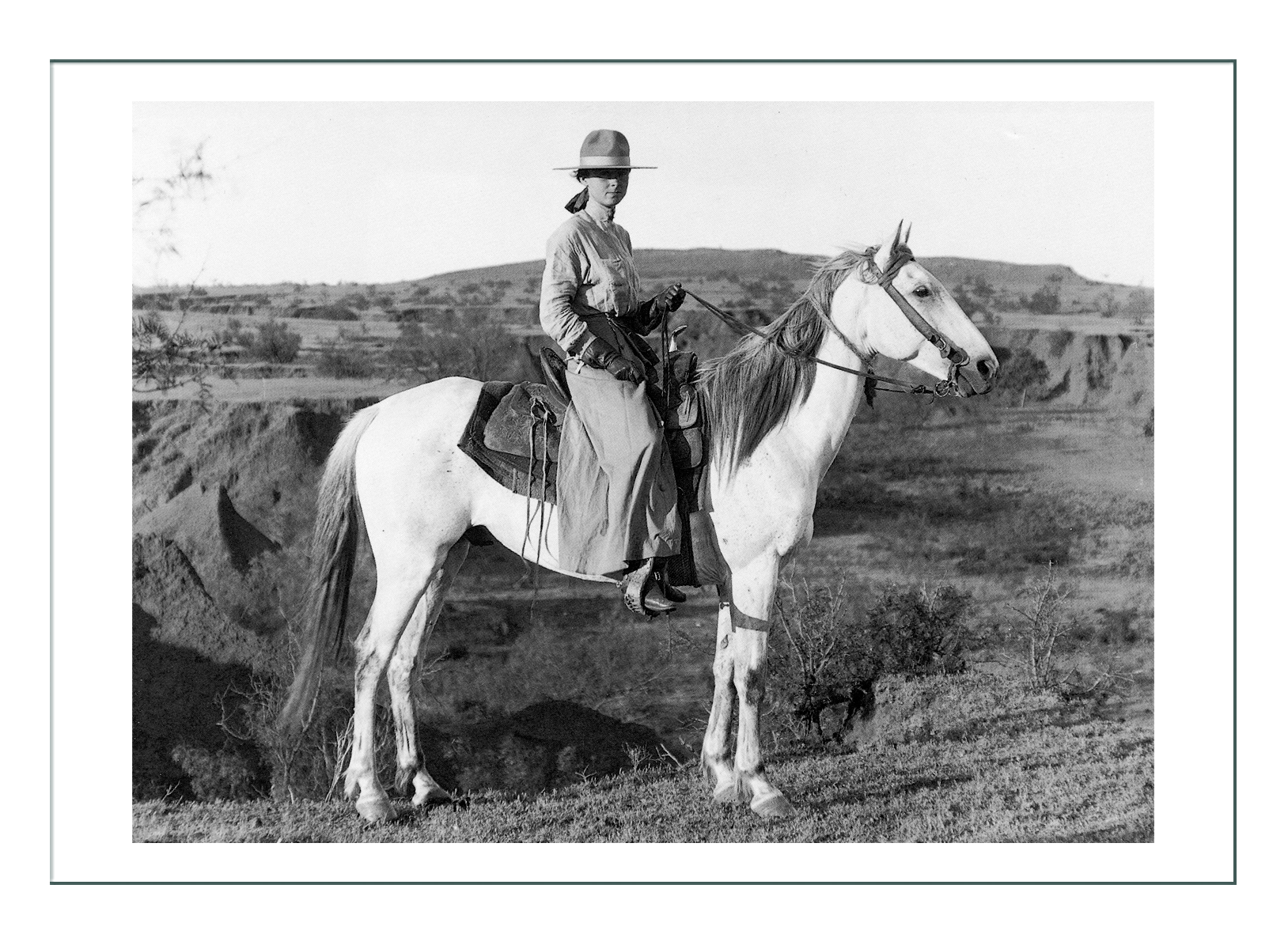
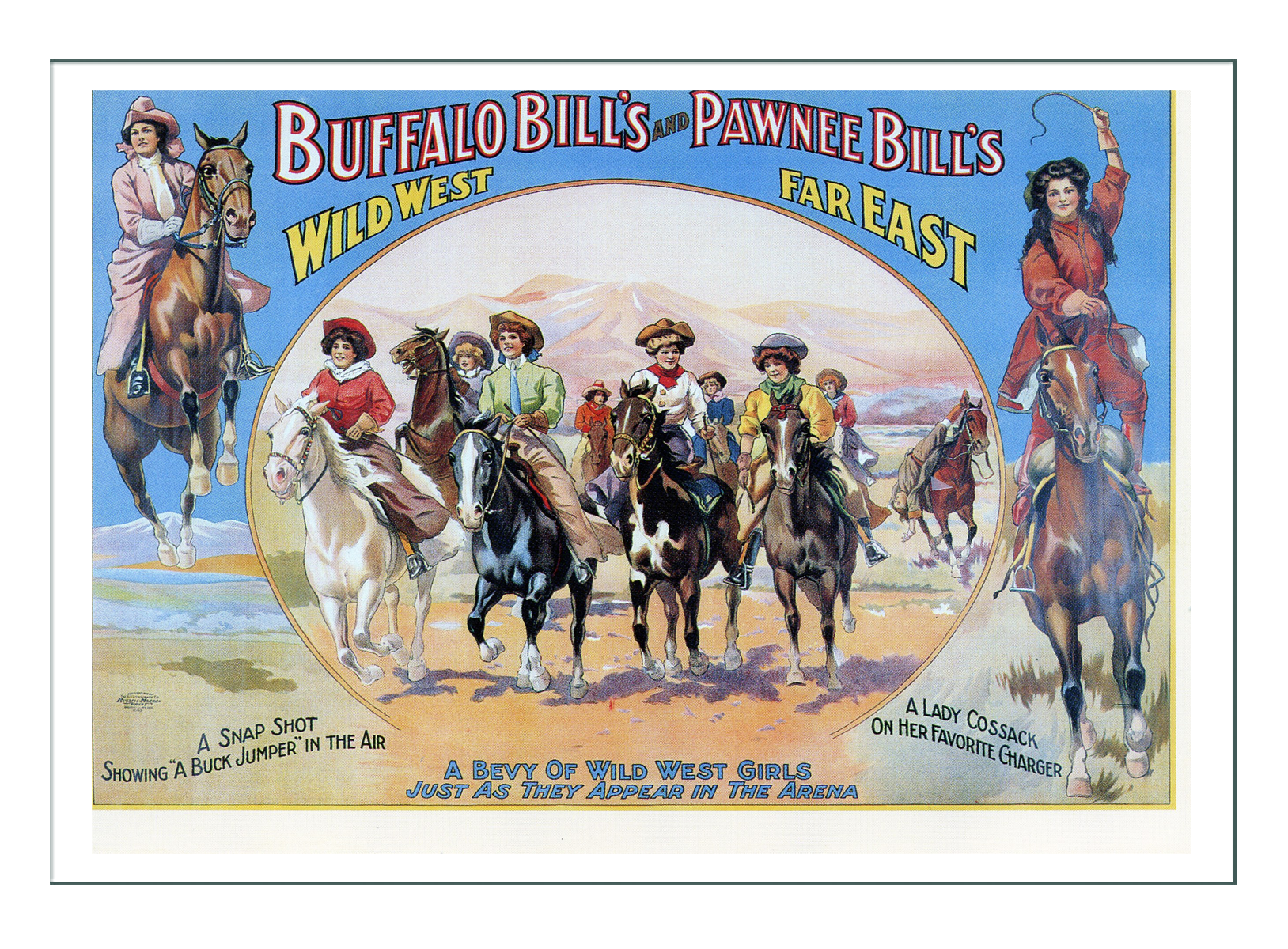
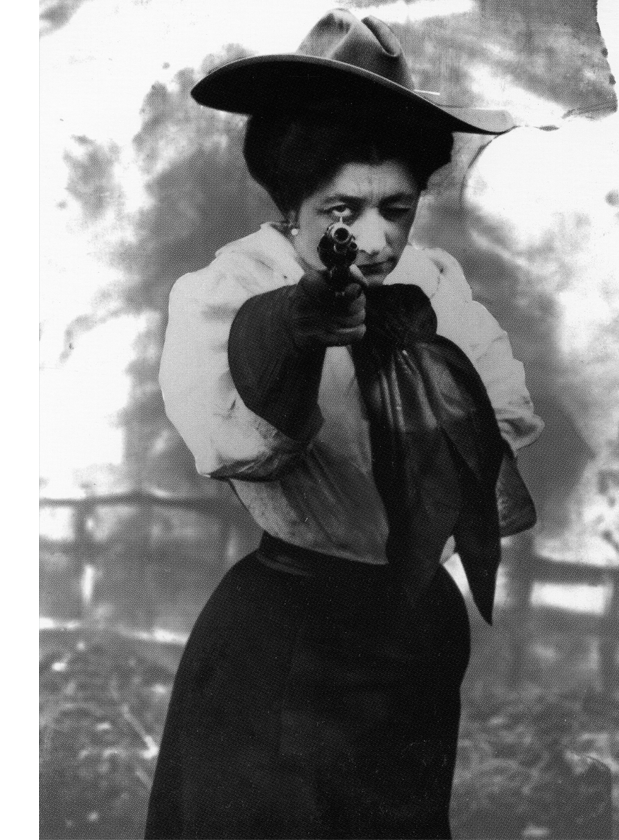
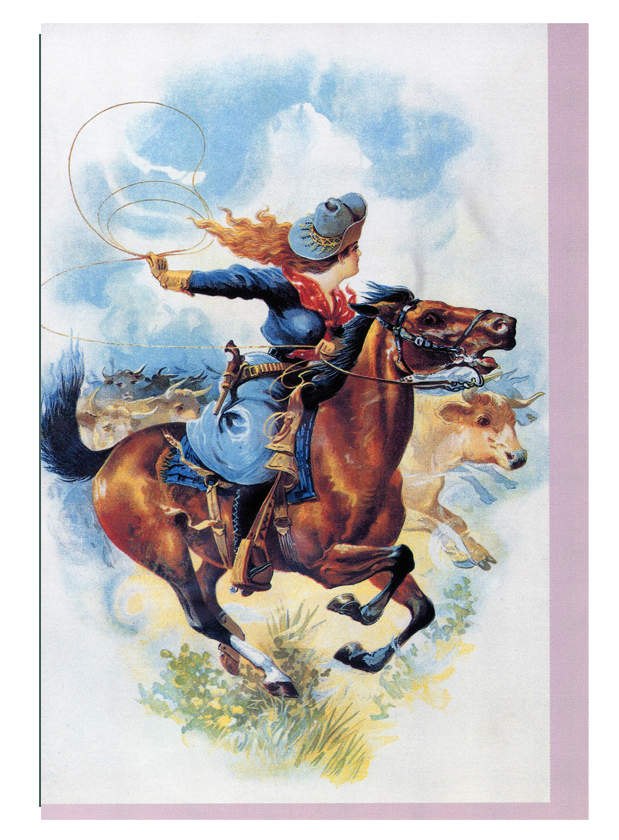
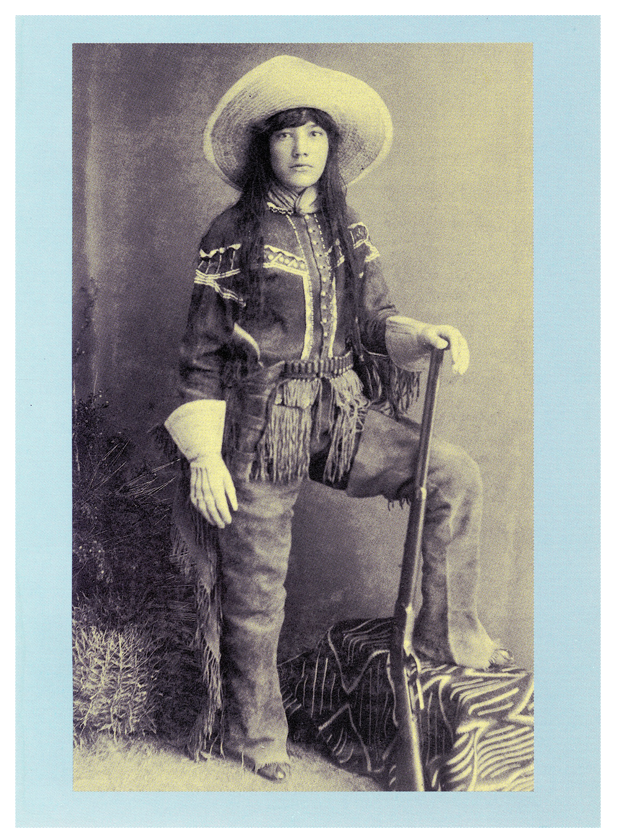
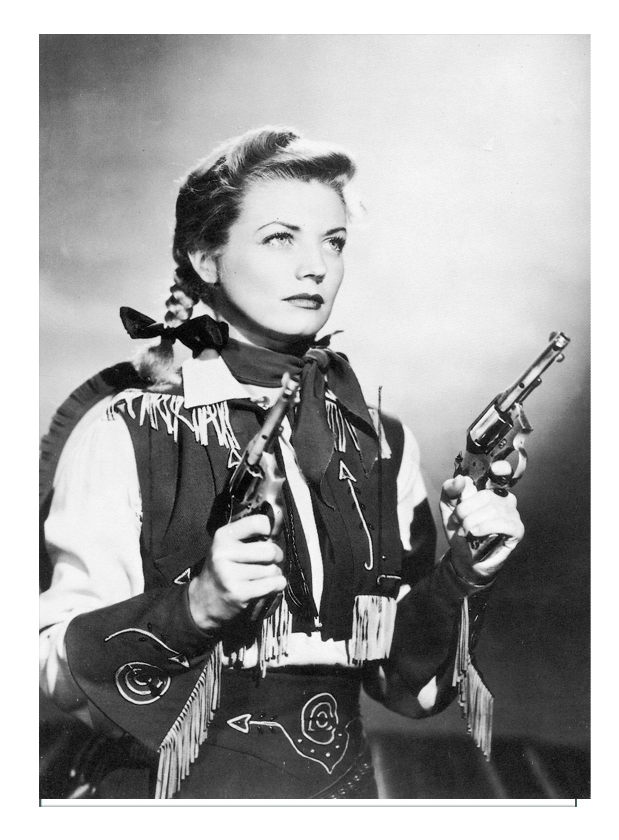
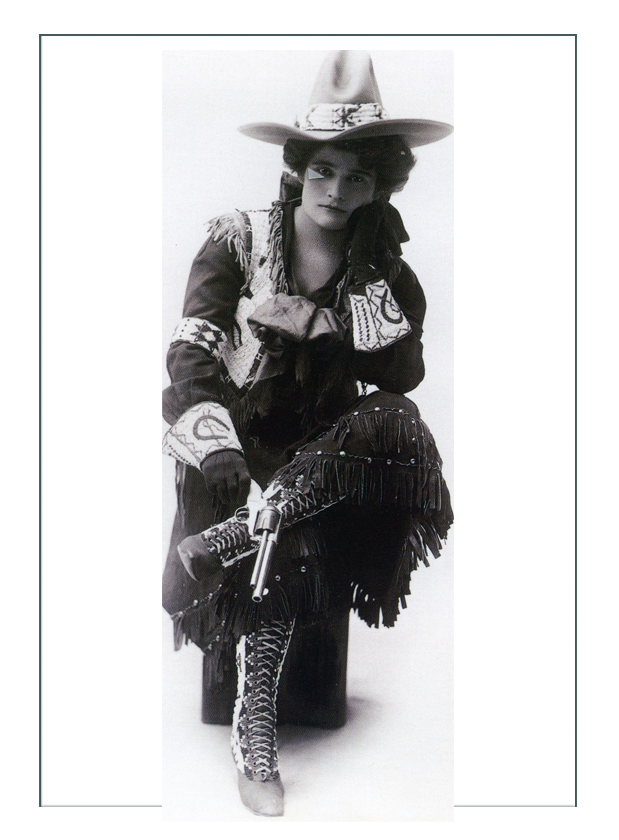
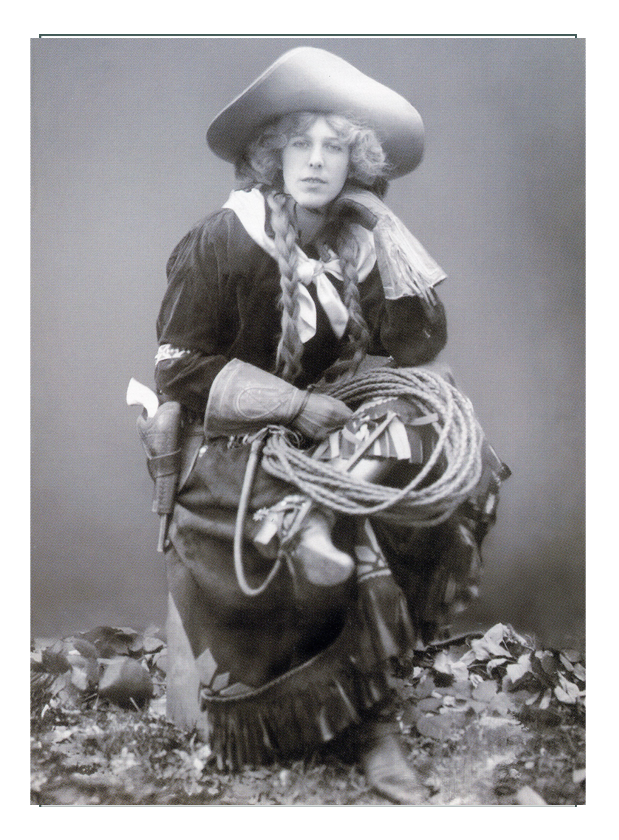
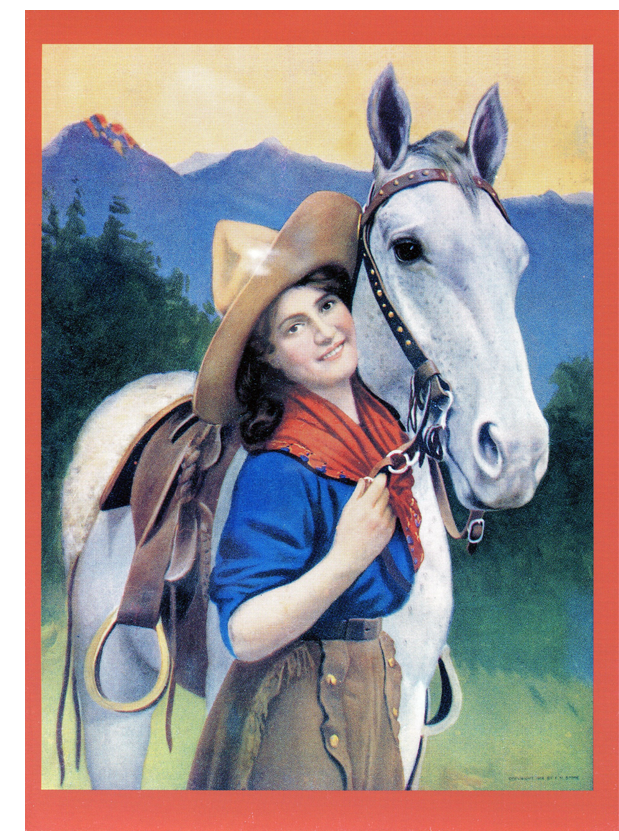
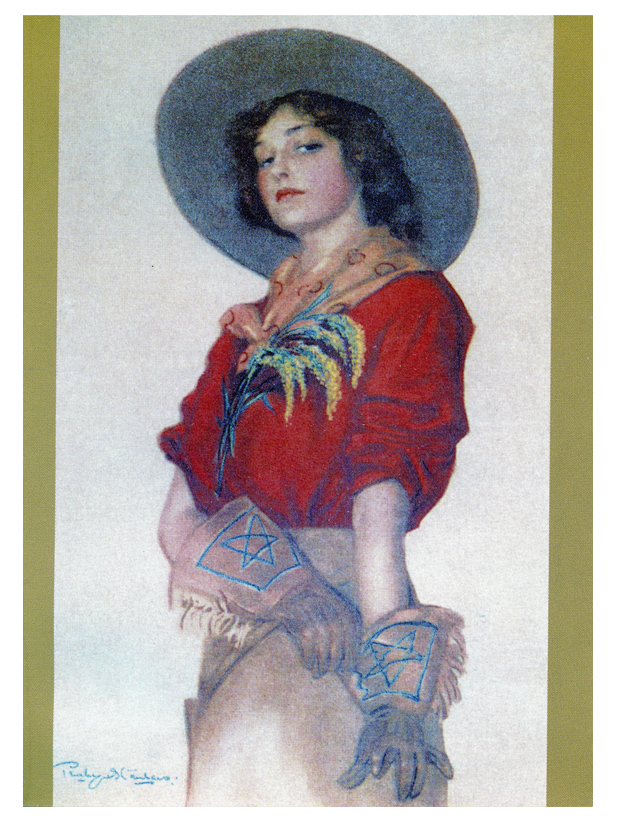
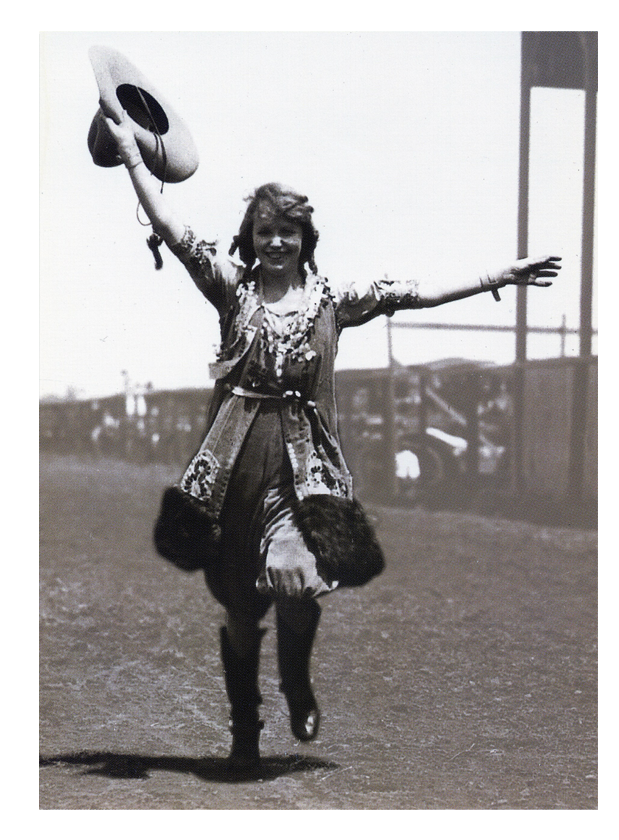
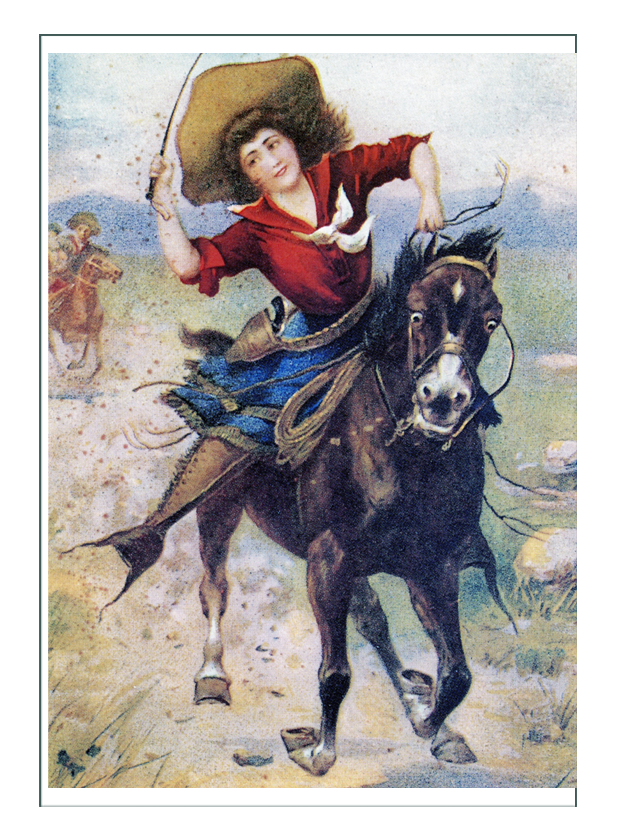
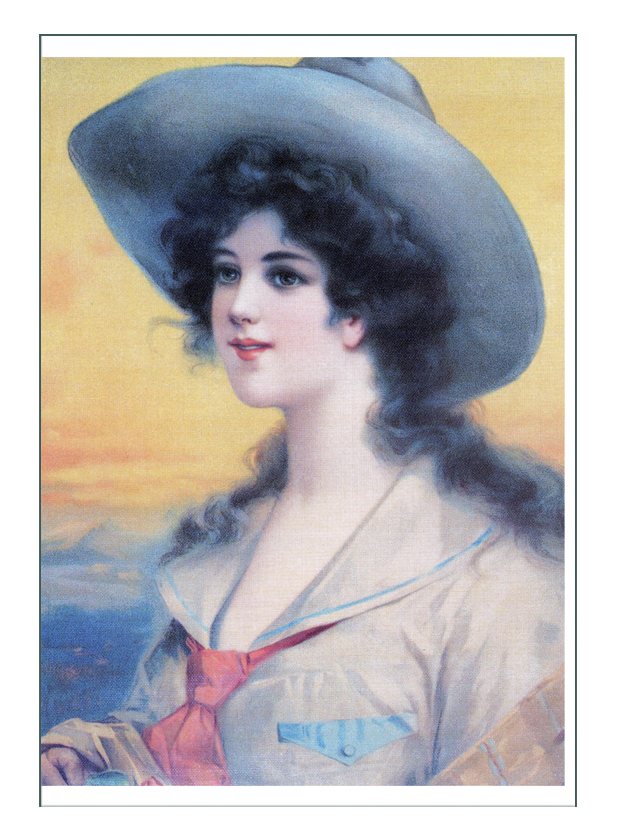
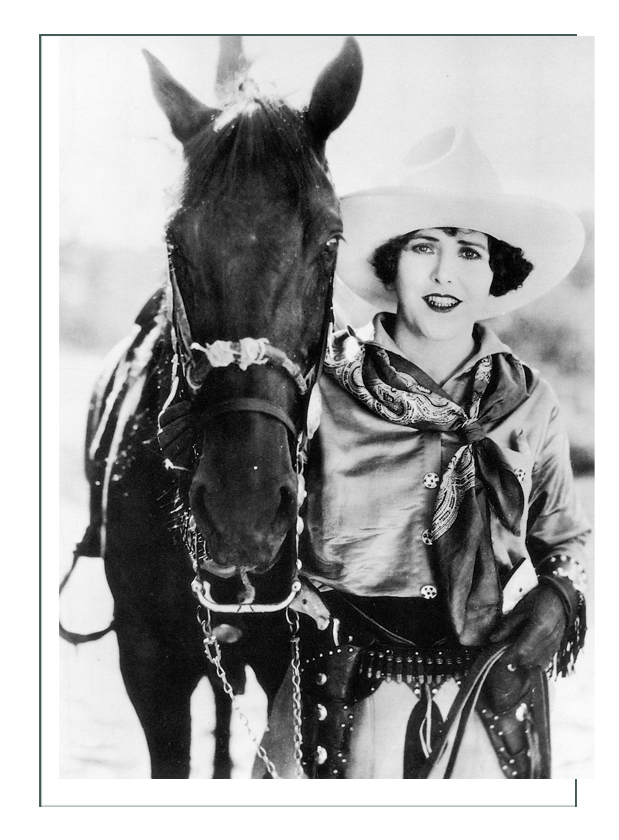
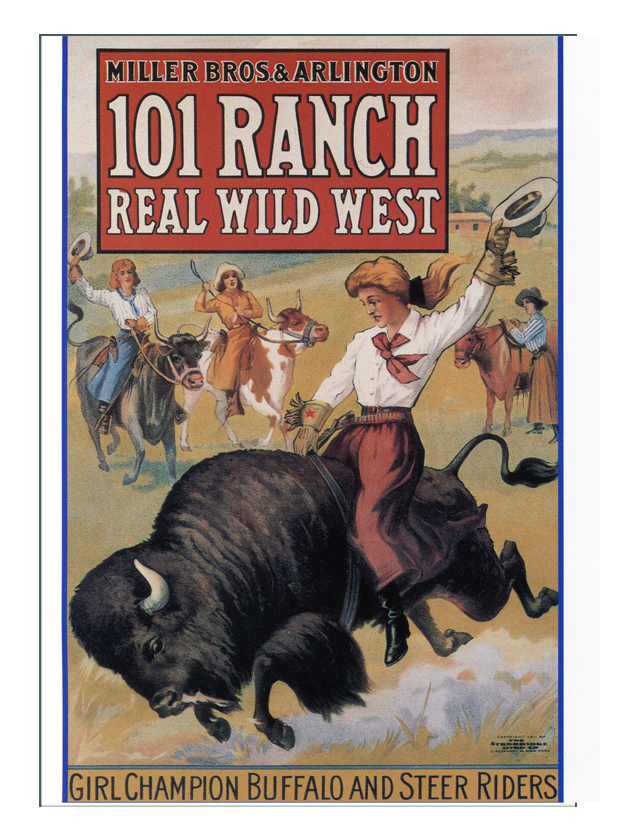

Real Women & Garments 1880’s to 1910’s
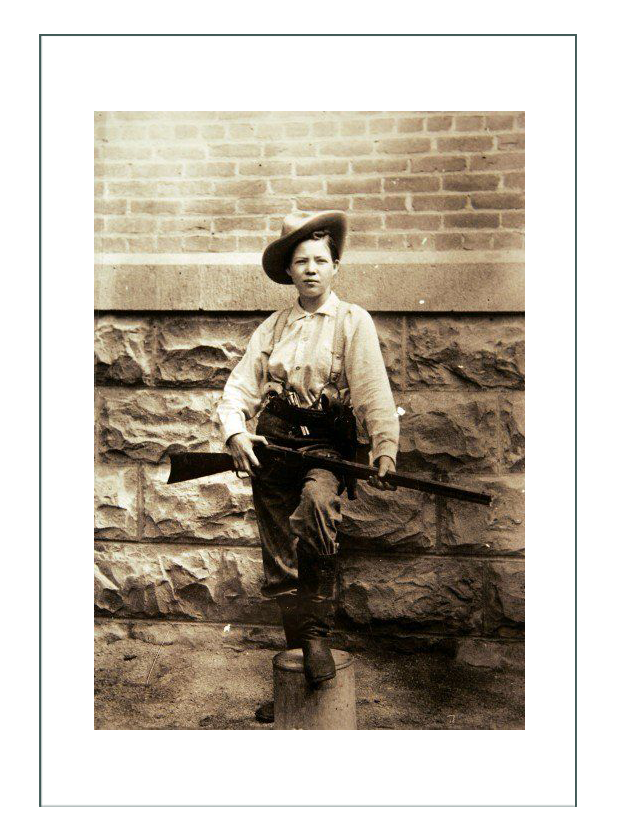
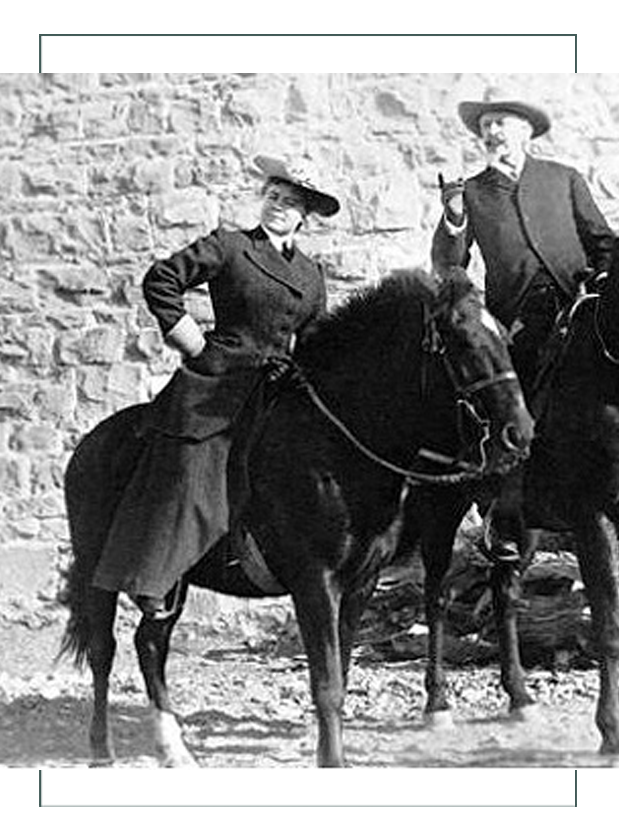
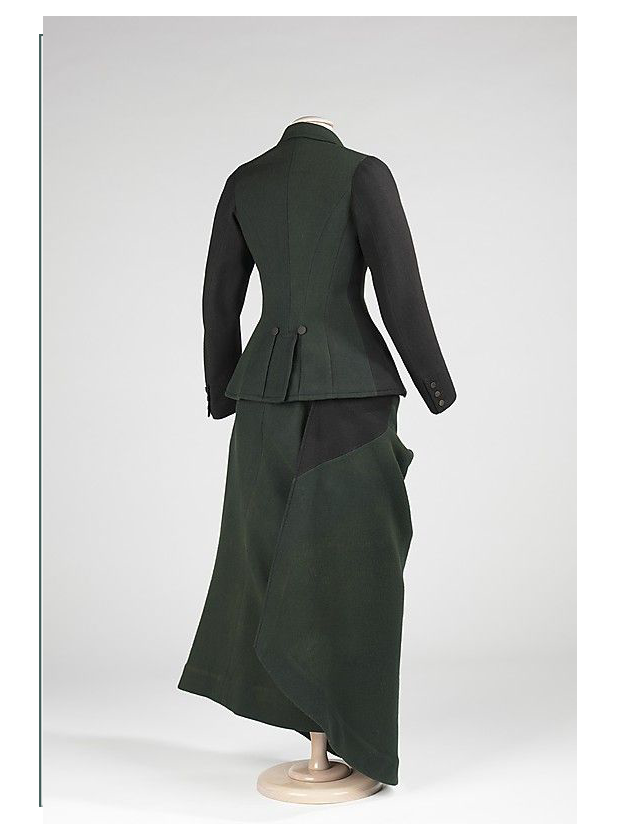
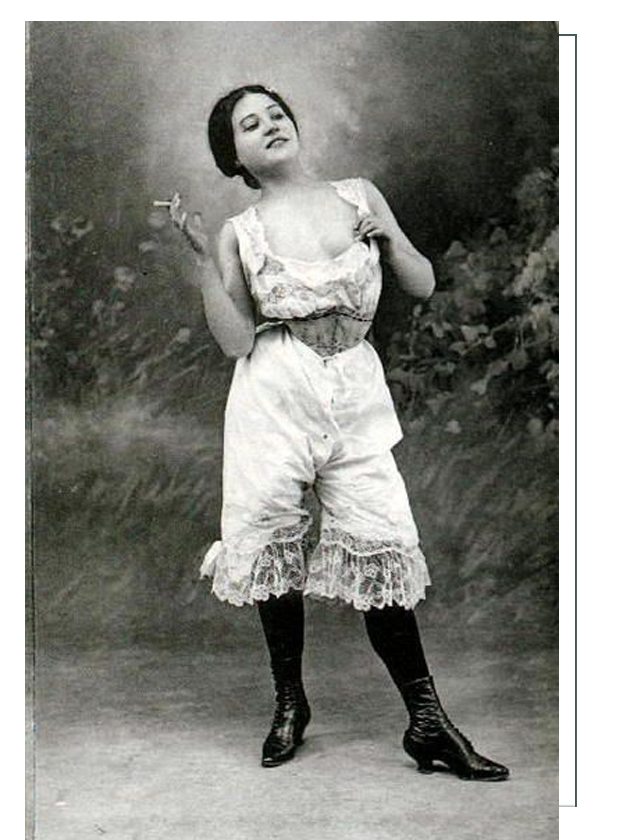
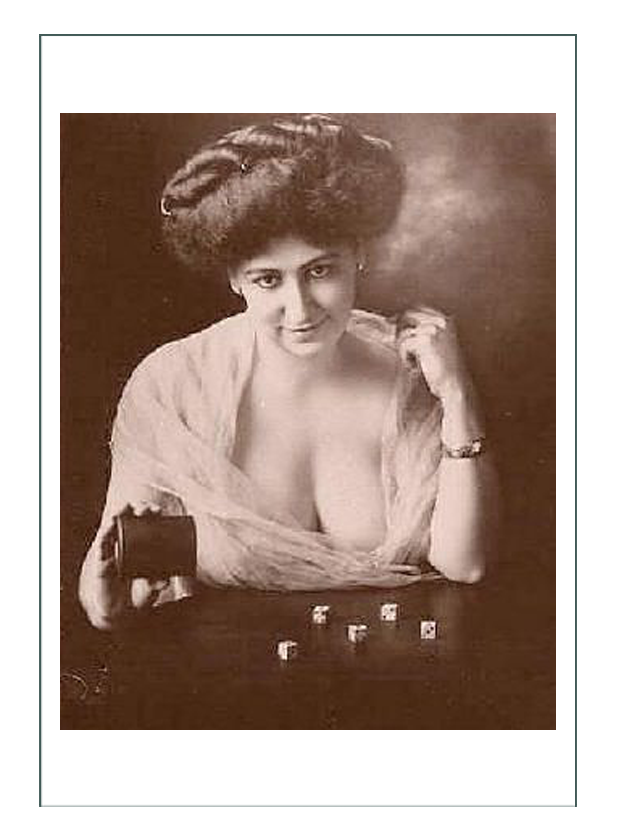
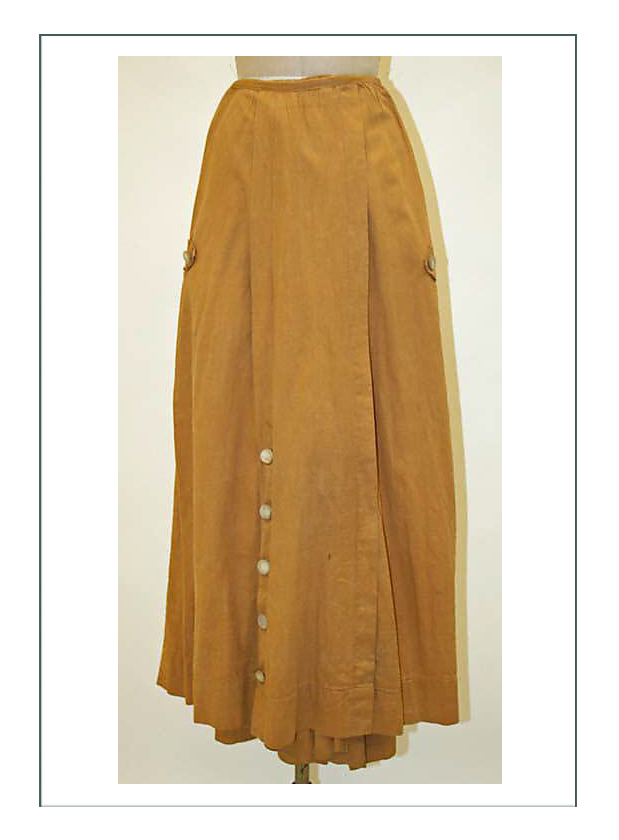
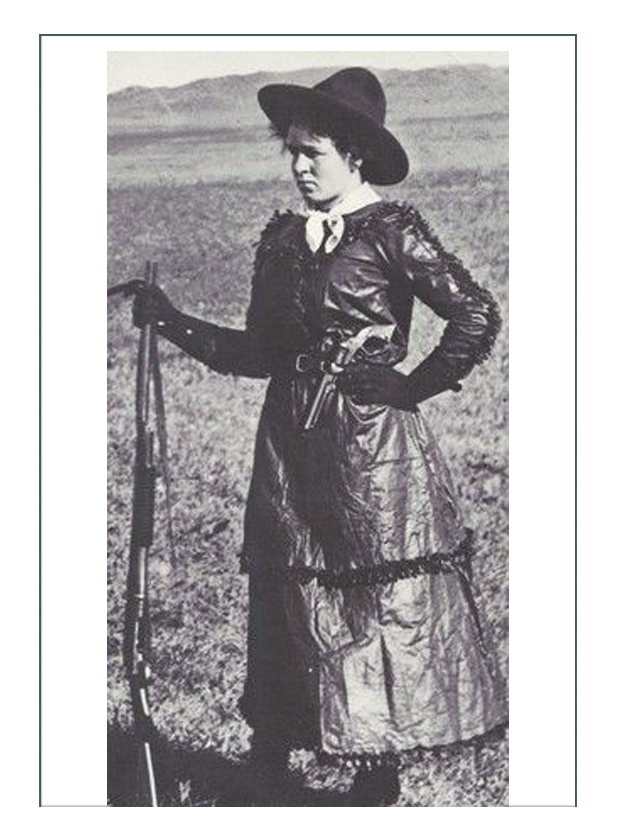
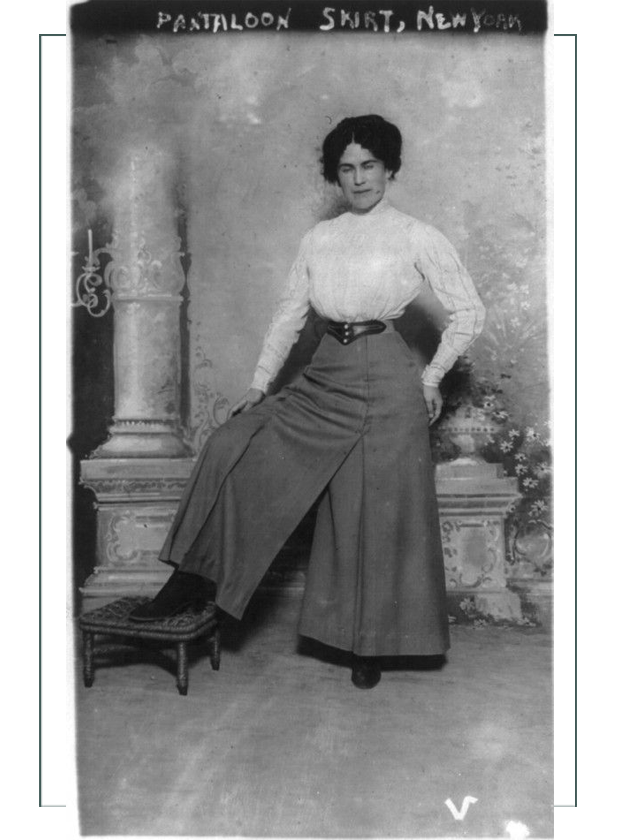
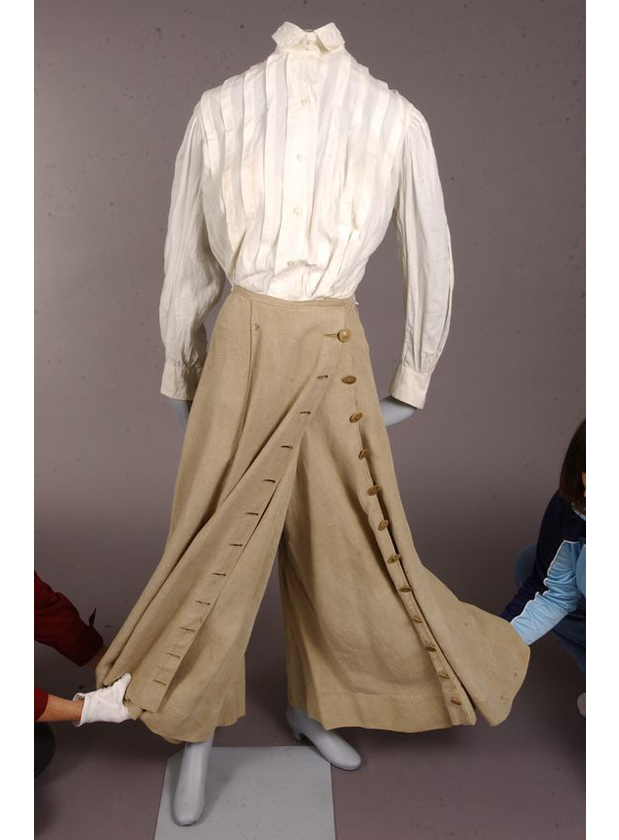
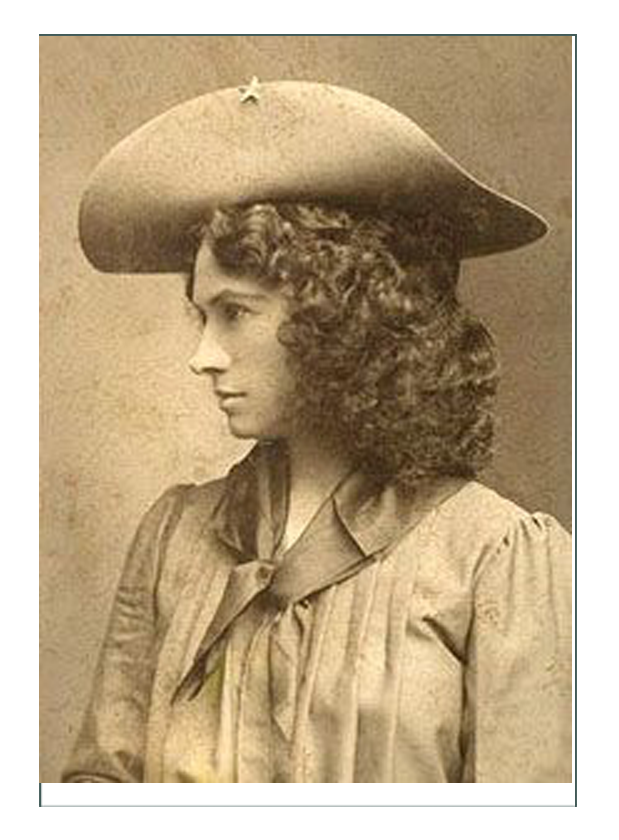
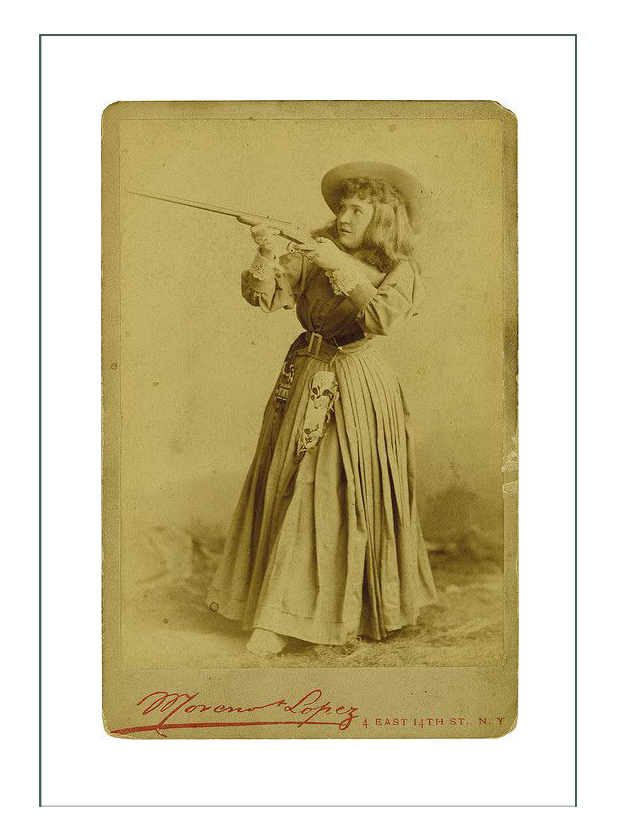
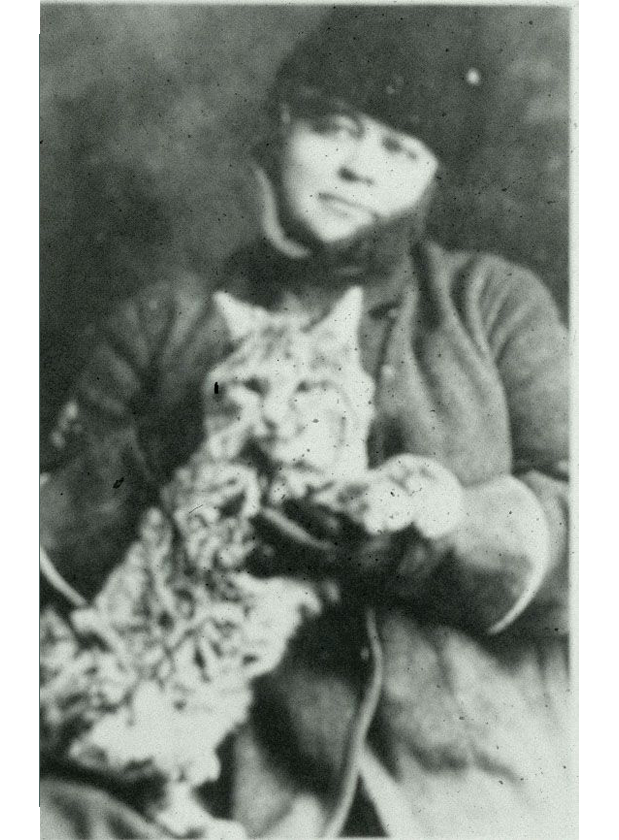
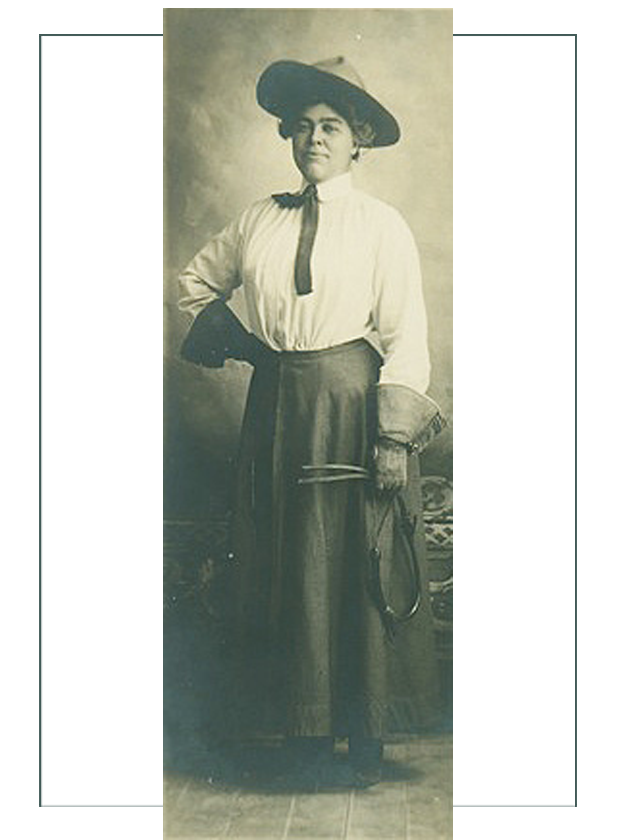
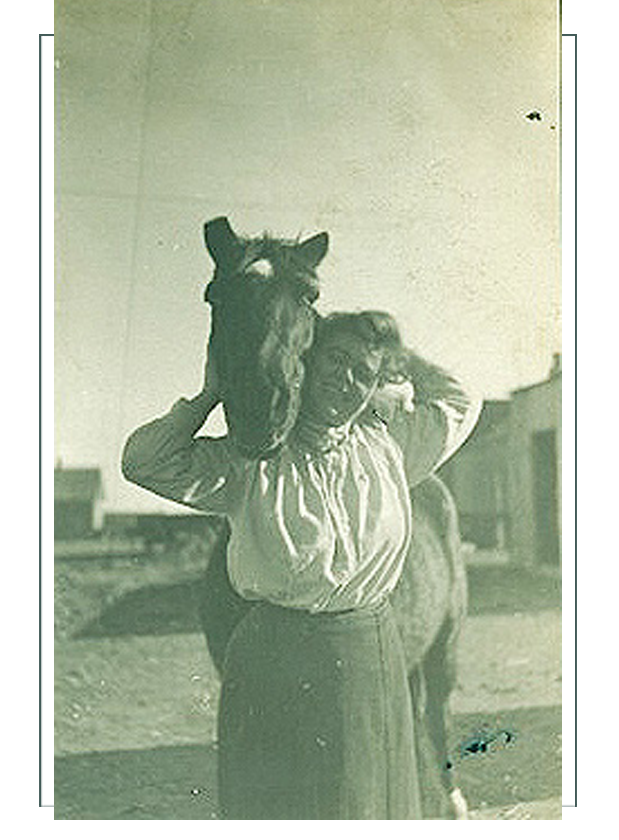
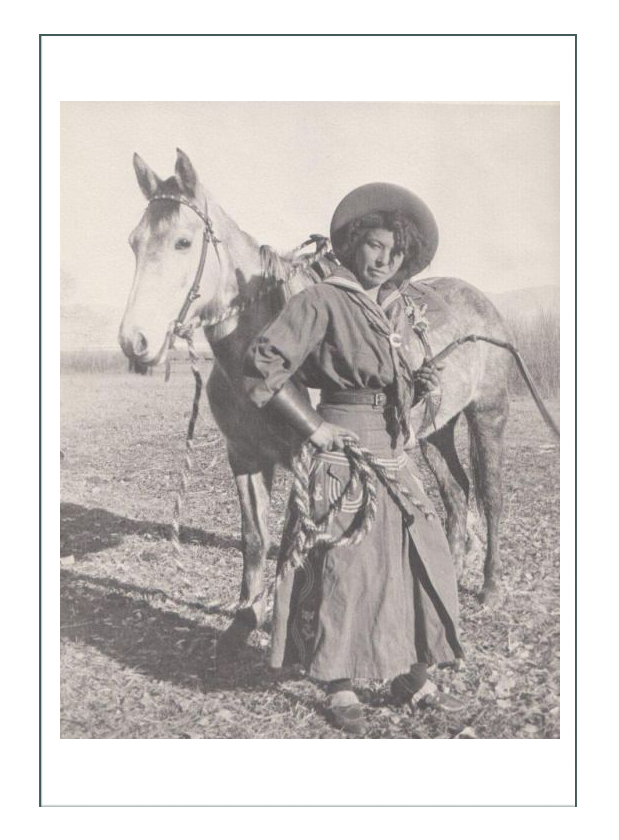
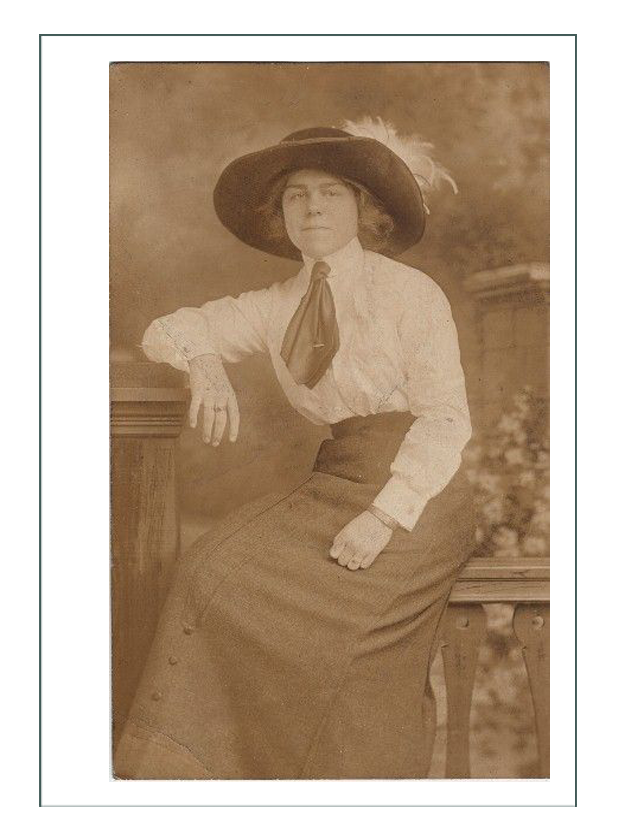
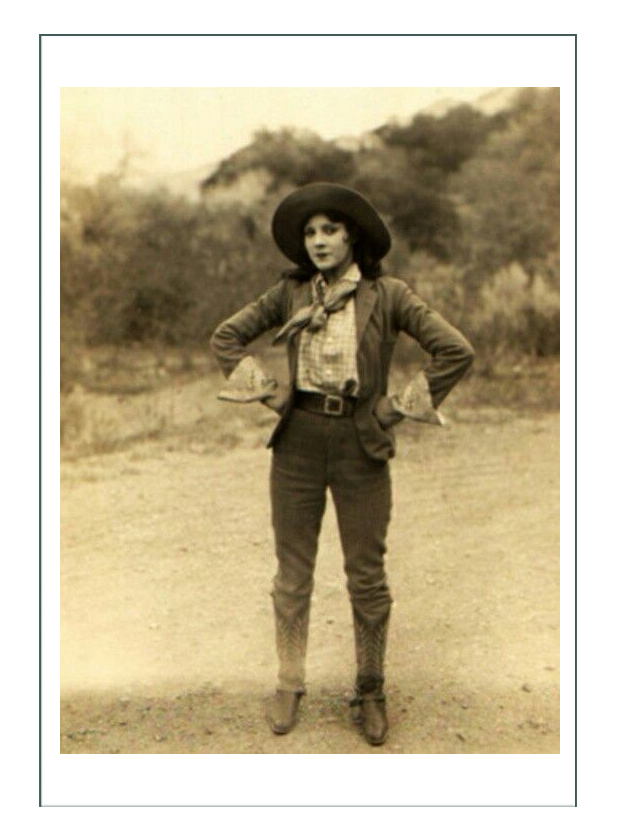
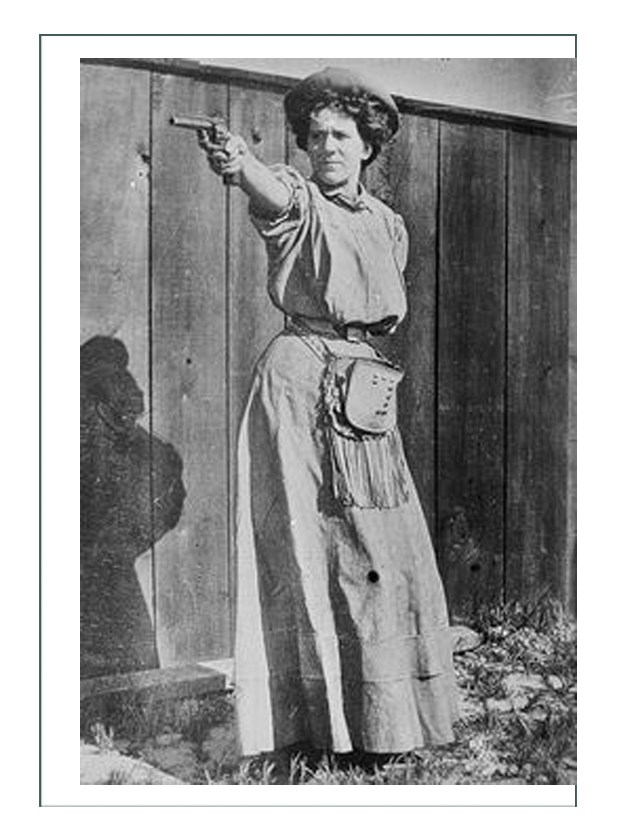
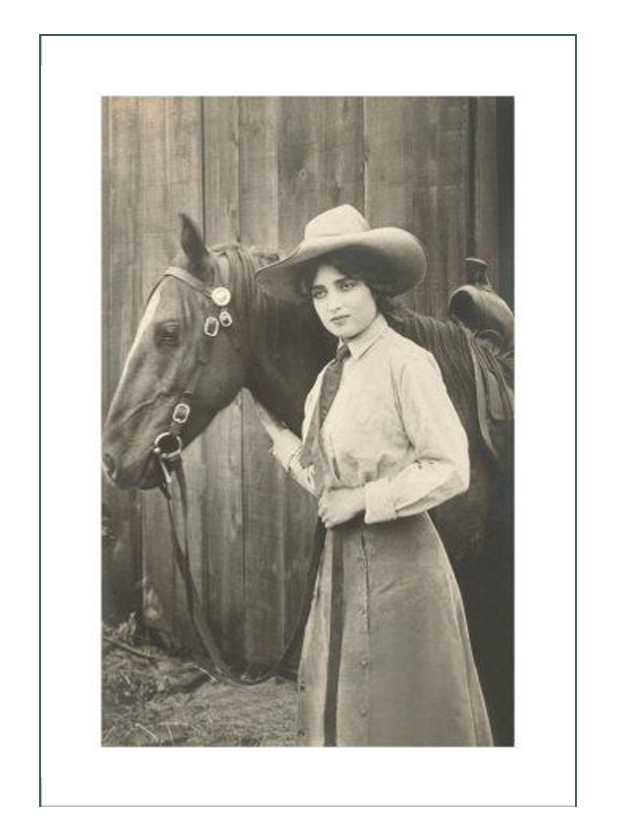
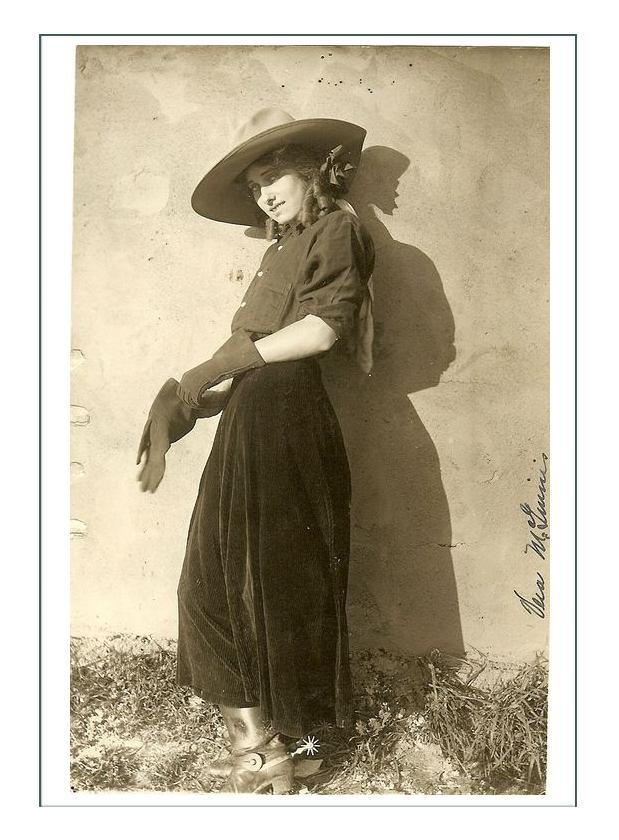
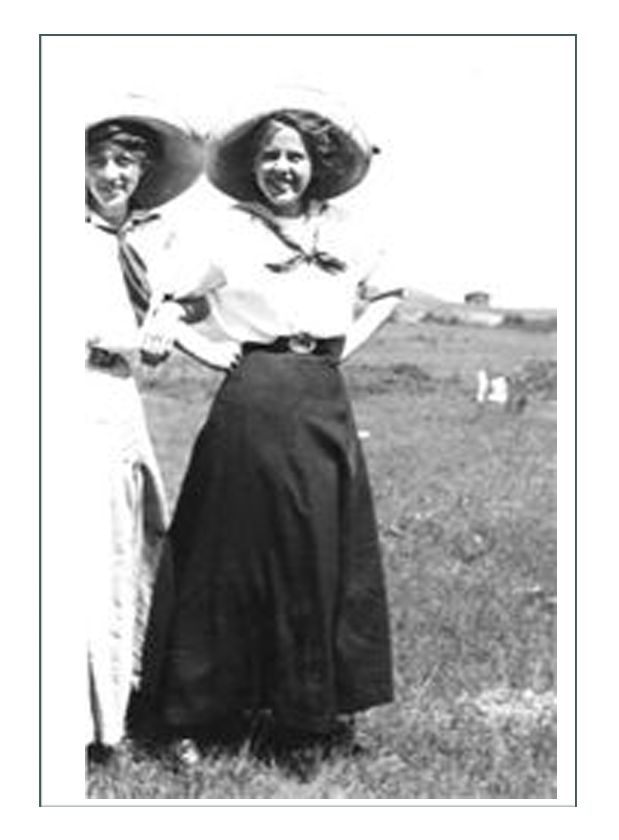

Deciding on the color of a Hat (and other things)
Cattle Annie and Little Britches (taken directly from “Wikipedia” ver batim):
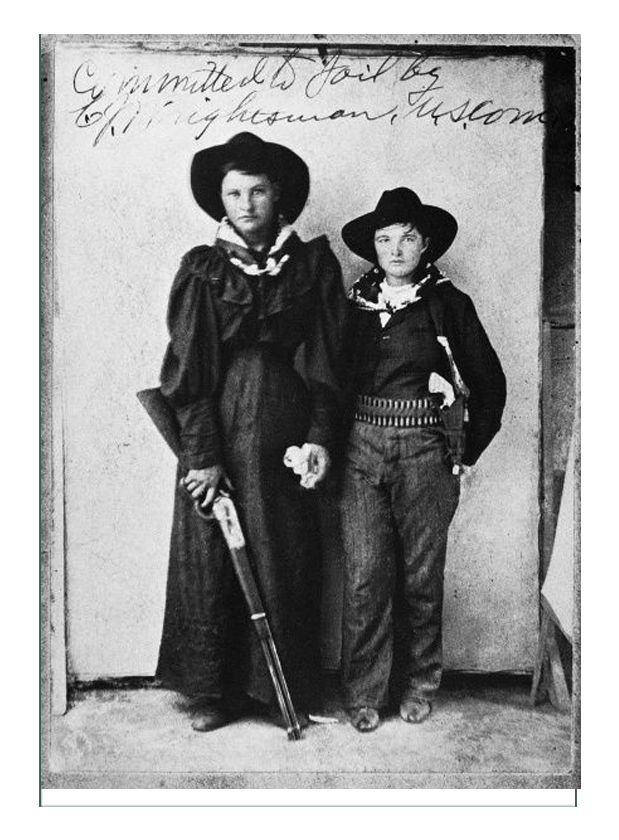
Anna Emmaline McDoulet, known as Cattle Annie (November 29, 1882 – November 7, 1978), was a young American outlaw in the American Old West, most associated with Jennie Stevens, or Little Britches. Their exploits are known in part through the fictional film Cattle Annie and Little Britches (1981), directed by Lamont Johnson and starring Amanda Plummer in her film debut as Cattle Annie, with Diane Lane as Little Britches.
Cattle Annie and Little Britches were crack shots with both pistol and rifle, but today they are mostly unknown outside of the film. Yet they were once among the most recognized names among outlaws in the Oklahoma and Indian territories, where they carried out their short-lived criminal ventures
Embracing the criminal element
Anna was born in Lawrence in Douglas County in eastern Kansas, one of eight children of James C. and Rebekah McDoulet. When Anna was four years old, the family moved to Coyville in Wilson County, in southeastern Kansas. Anna worked as a hotel dishwasher and performed other odd jobs. When she was twelve, the family moved to the Osage Reservation near Skiatook north of Tulsa in the northern Oklahoma Territory, where she turned outlaw. Annie and Little Britches followed tales of the Bill Doolin gang from reading dime novelists like Ned Buntline, who became famous for his mostly fictional account of Buffalo Bill Cody as a western frontier hero and showman.[2]
For two years, Cattle Annie and Little Britches roamed the former Indian Territory, often working together and at other times alone. They stole horses, sold alcohol to the Osage and Pawnee Indians, and warned outlaw gangs whenever law-enforcement officers were nearby. They wore men’s clothing and packed pistols on their hips. Their adventures netted headlines from Guthrie, the capital of the former Oklahoma Territory, to Coffeyville in southeastern Kansas,[2] where the Dalton gang attempted to rob two banks simultaneously on October 5, 1892.[3]
U.S. Marshal Steve Burke captured 13-year-old Cattle Annie climbing from a window in 1895. (Marshal Bill Tilghman had a more difficult task apprehending Little Britches, who engaged in a physical confrontation with the famous lawman before he took her into custody.[4]) Annie was sentenced to one year in the Massachusetts Correctional Institution in Framingham. Because of health issues, she was soon paroled. She remained in Framingham for some time, having informed corrections officers that, if she returned to Oklahoma, she would likely have fallen back into her criminal ways. In 1898, she was working as a housekeeper for Mrs. Mary Daniels in Sherborn in Middlesex County south of Framingham. A few months later, she may have moved to New York City, where she may have died of tuberculosis.[2]
Another scenario
Another legitimate report claims that Annie left Framingham to return to Oklahoma where she wed Earl Frost of Perry on March 13, 1901. The couple had two sons, Robert C. Frost (1903-1993) of Oklahoma City and Carlos D. Frost, later of Malibu, California. The Frosts divorced in Noble County, Oklahoma in October 1909, probably because Annie had joined a Wild West show.[5] The historical museum in Guthrie maintains that, soon after the divorce from Frost, Annie married Whitmore R. Roach (1879-1947), a Texas native, veteran of World War I, and painting contractor in Oklahoma City, where they lived after 1912. They had resided from 1910 to 1912 in Fort Worth, Texas. This “Emma McDoulet Roach” is interred at Rose Hill Burial Park in Oklahoma City. She died in 1978, just short of her 96th birthday. Her newspaper obituary makes no mention of her early days or even the first name “Anna” but instead refers to “Emma”, the shortened form of “Emmaline”. The obituary indicates that she had been a bookkeeper in her later working career. Her services were held in her home church, Olivet Baptist in Oklahoma City.
Meanwhile, Little Britches also served a short sentence at the reformatory in Framingham, but her whereabouts thereafter are unknown.[2] Some reports indicate that Little Britches returned to Tulsa, where she was married, had a family, and led an exemplary life.[6]
Images from the Movie
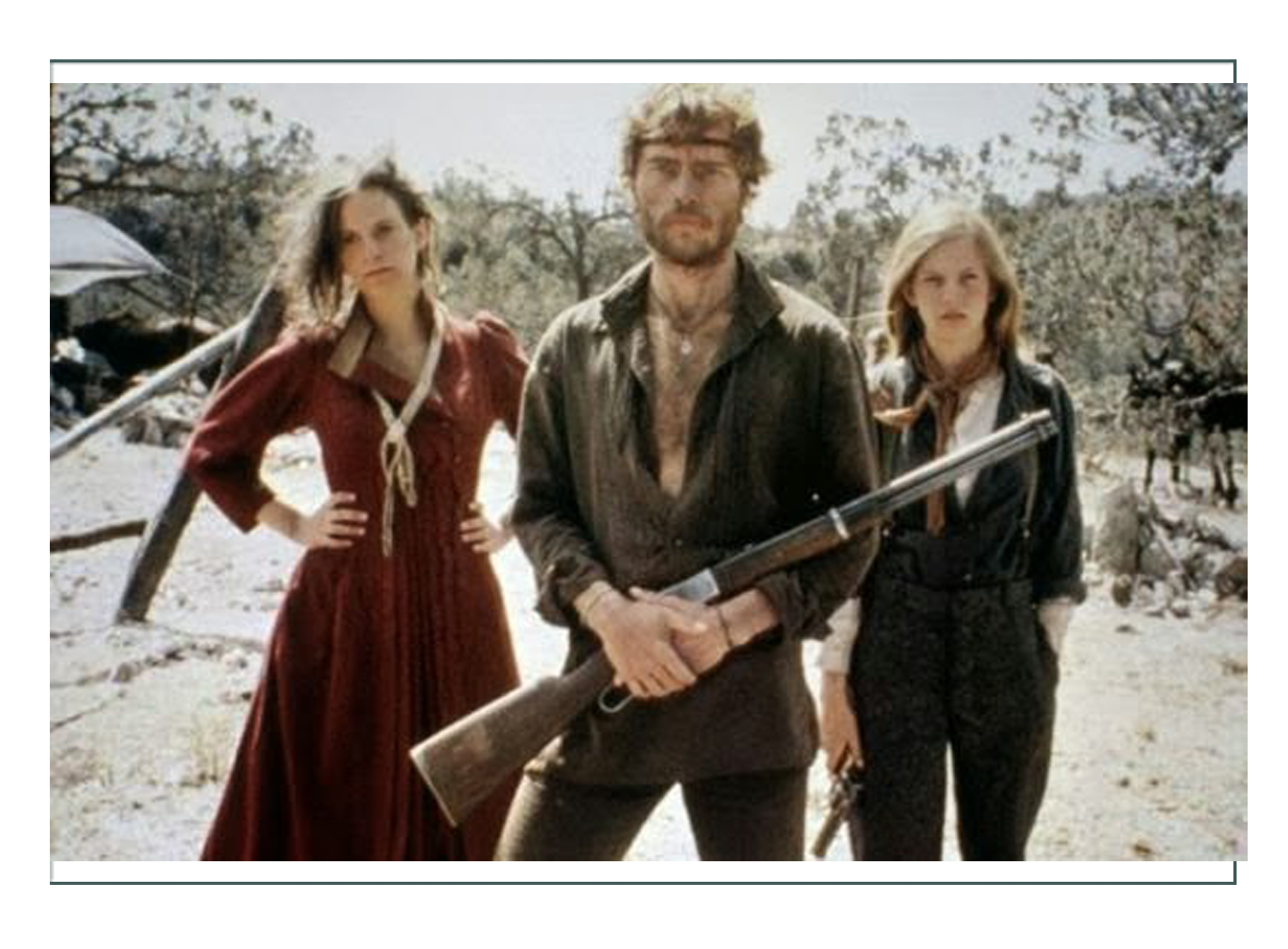
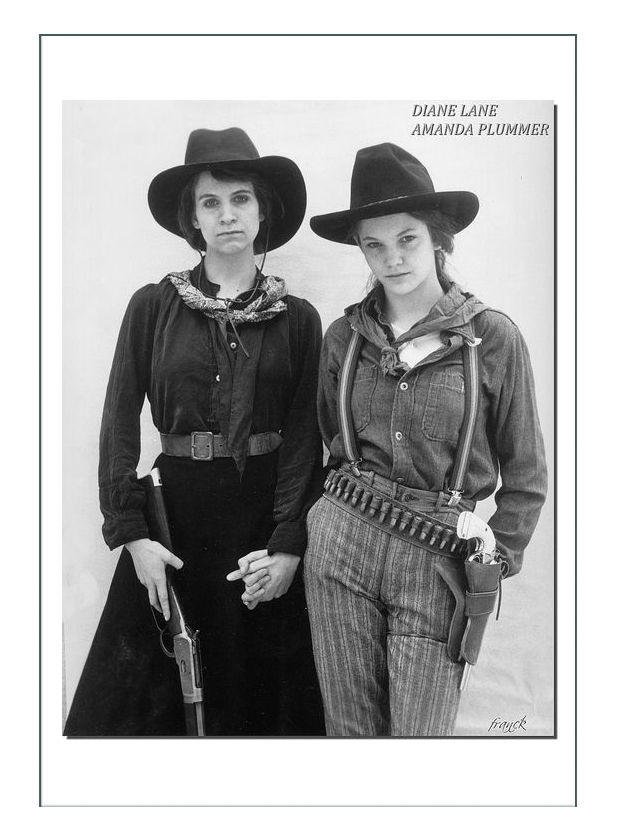
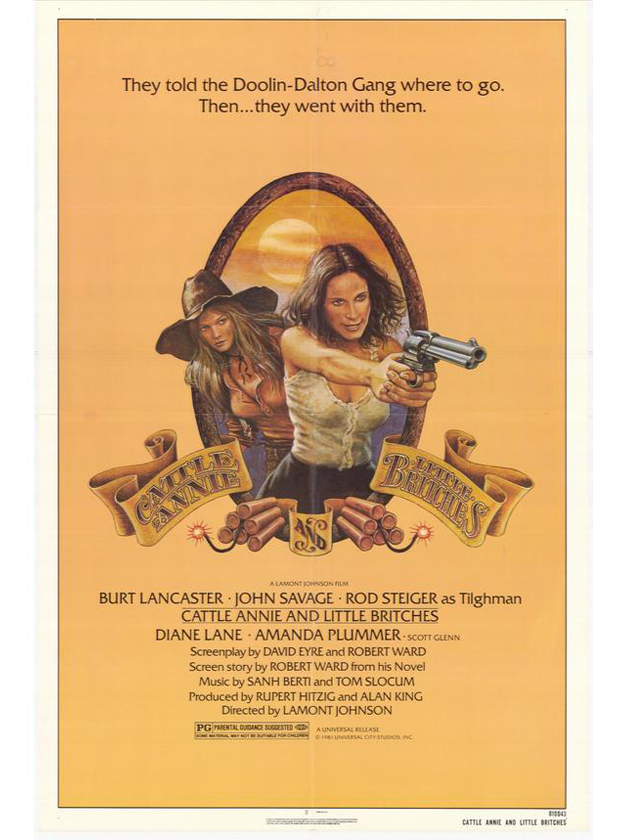

What we find most interesting is that the depiction of western women, and particularly outlaws and “mavericks” has been quite similar throughout history. You can tell which images were taken or created by men (the ones with the nipples showing and the huge breasts and inhuman long calves).
At this point it becomes easy to distinguish between costume – of the sharpshooter, the rodeo performer, or the movie start – and REAL women. A few characteristics:
1) The real women are not perfect.
2) The real women’s garments are simple and functional
3) The performers are doing odd and rare things
4) The real outlaws in particular have only one photo or portrait in history, and that’s usually quite formal – either fashionable because they choose to have their portrait taken, or posed because it’s their mug shot after getting caught.
At any rate, it’s one of the hardest interpretations to get accurate since so many people have a bias in their heads from what they’ve read, seen on the screen, or think they know.
IN REALITY.. the work of the outlaw, the rancher, the farmer, the settler, the pioneer – the Western Woman – was dirty, sweaty, and not easy to be fashionable.
The Gunfighter’s interpretation of an 1870-1890 depiction is akin to that of Little Britches or Pearl Hart:
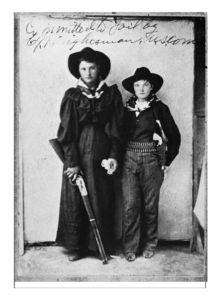
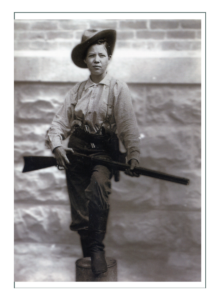
Men in particular thing this is what a woman outlaw should look like. But notice even Cattle Annie is wearing a dress in both reality and in the movie. Women just didn’t wear pants! It’s pretty hard for today’s people (especially men) to grasp that concept.
Below are the more realistic images of the outlaws of the 1880’s and 1890’s:
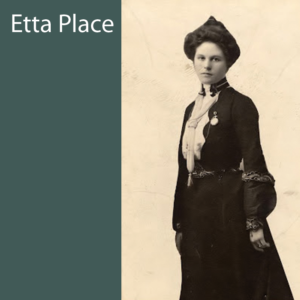
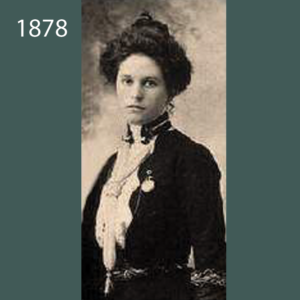
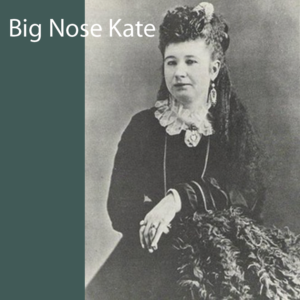
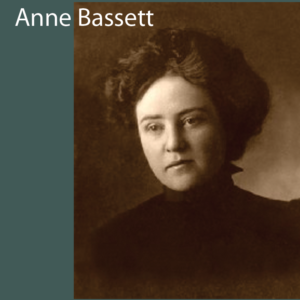
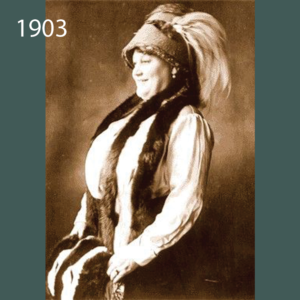
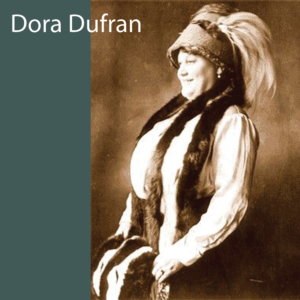

Fitting the Image
In this situation, however, since this is a job in tourism, and the “bosses” want a split skirt, and outlaw wearing mannish clothes, and a six-shooter from 1874 – we will give them:
- split skirt (suitable to 1890 to 1910 – just weren’t any earlier ones!)
- 1890’s shirtwaist (modified for looser fit, more comfort, and more manly than fashion of 1890 which would have unique sleeves)
- outlaw scarf (we like the snake skin that looks dirty)
- ability to carry multiple firearms (a derringer pocket!)
- riding undergarments (so she can actually ride! means short flexing corset that she can get into in a snap on teh trail without the men seeing, drawers to protect the skirt, and simple washable camisole)
- proper footgear for a WOMAN (means gaiters – not boots!)
- and the “look” of the grundgy, worn out on the trail, hiding from the law, BAD GAL.
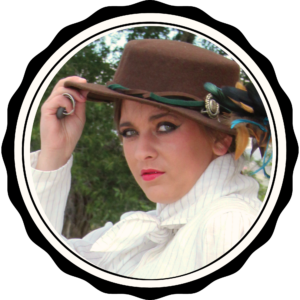
Bad Gal Kateri
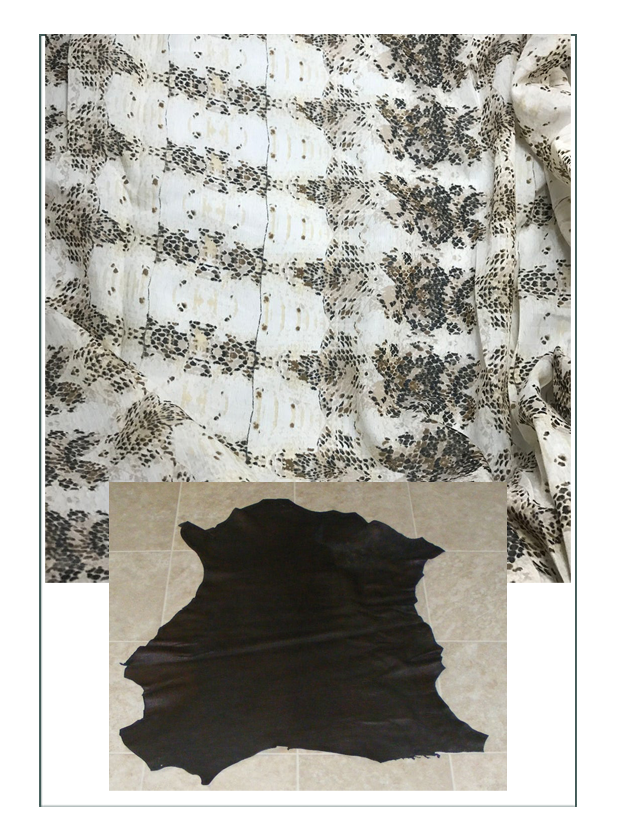
The other fabrics, notions, buttons, and trim we had to take from stock. For the key to this whole project was – we only had TWO DAYS to design and build it!! There are no sketches therefore, as Suzi “just built it” from her head using whatever worked out of inventory – the shortest design development of any of our projects yet.
What we did was to look at all these photos and study the stories of the outlaws, and then to just go!

Which way to Go?
Unique to this project is the complete and total functionality of the ensemble. She has to be able to ride a horse astride – fast. She also has to be able to wear her gun, hide a Derringer, pull her gun, and RUN!
Yet! Even the outlaw of the 1890’s wanted to be fashionable. As described above, a decision had to be made regarding whether she would wear a man’s outfit like Little Annie et al, or be a fashionable “ploy” such as Etta Place in her high fashion dresses. It was the leader of the gunfighters, Andrew DiPiazza (see his vest project here) aka “Wyatt Earp” who stated she should be wearing a riding ensemble fashionable to this era, but should be able to keep up with the men in all areas.
Of course it would be a man to demand pretty much the impossible: to be beautiful and fashionable yet completely function as a man. And we did it!
The Undergarments
Admittedly, the riding skirt and shirtwaist are closer to 1900-1910, when Western women and rural women were indeed fully riding astride, and when society had become “civil” in the Western states so they knew what fashion was and wanted it.
As with everything we build here, the Silhouette was the key to determining the undergarments. If the Cody Gunfighters demanded the riding skirt with the drop front, flared legs, and denim tough build with pockets to carry her guns and ammo, then the undergarments should (as with all historical women’s garments) support a flared leg, drop front, and comfortable tough build too.
With a loose and comfy linen shirtwaist which would rarely be washed, there needed by something underneath that was easily washable by dipping into a creek without taking it off, as well as to keep the linen from being torn by the corset underneath.
Of course, riding and bouncing, even a smaller woman like Kateri needs some support for the breasts. Fortunately, history provides many examples of catalog options for all sorts of speciality corsets from the years 1880-1910. There are no patterns or guides though, so we had to take our research above, and invent one.
The Corset
The corset is the biggest challenge since there are no guidelines and no photos of extant riding corsets really, but we take a clue from maternity and Reform corsets of the day. We knew the corset had to do these things, just from common sense and understanding of what it’s like to get on and off a horse, to ride astride, to run around, and to draw a firearm from a holster or pocket. In reality from 1880-1910, a woman would have just cut off an old and comfy corset and wear it loosely. Since we didn’t have that luxury of old worn out corsets laying around, we invented one that would serve in the same way:
- short – cut at the waist and completely able to bend in all directions at the waist
- flexible – can bend in all directions
- boned – just enough support to control the bounce, with a bit around the waist. because remember, women wore corsets all the time in these eras, and could not go without as the organs would move; creating danger. So it has to be a boned corset; though lightly OK
- boning position – to simulate the real corset – given the fashionable silhouette and support needed for specific woman; in this case to pull tight over the breasts, and to be loose over the bodice and waist
- self-lacing – she’s got to get into this FAST herself – side lacing a must
- side-lacing – also allows for more rotational movement plus a choice how tightly she wants to cinch. Like maternity and specialty corsets of the day, side lacing could adjust with the activity so it is completely loose or very well cinched; letting her also wear it with fashionable gowns
- hidden busk – this protects the outer garments and hides the corset – to blend in with the men
- flexible straps – the straps need to have “give” that goes with the horse, otherwise if the horse steps into a hole, the woman could strangle. Adjustability of the straps given the situation is helpful too
- strap position – straps located closer to the neck in back give better support. This is similar to the 18th century jumps or stays in that any weight of the pants or a skirt are carried by the shoulders. This keeps the corset from slipping DOWN which was a problem with equestrian women at the time. Riding UP was controlled by waist cinching and the fact the boning ends above the waist so boning can’t push the whole thing up.
- front busk – easy on; easy off.
- neutral color and durable fabric that can get dirty and sweaty and be cleaned and submerged (unlike most corsets). This too is akin to 18th century jumps or the 19th century corsets worn by children which were soft, flexible, comfortable, and washable as opposed to those of their mothers.
And the solution is!
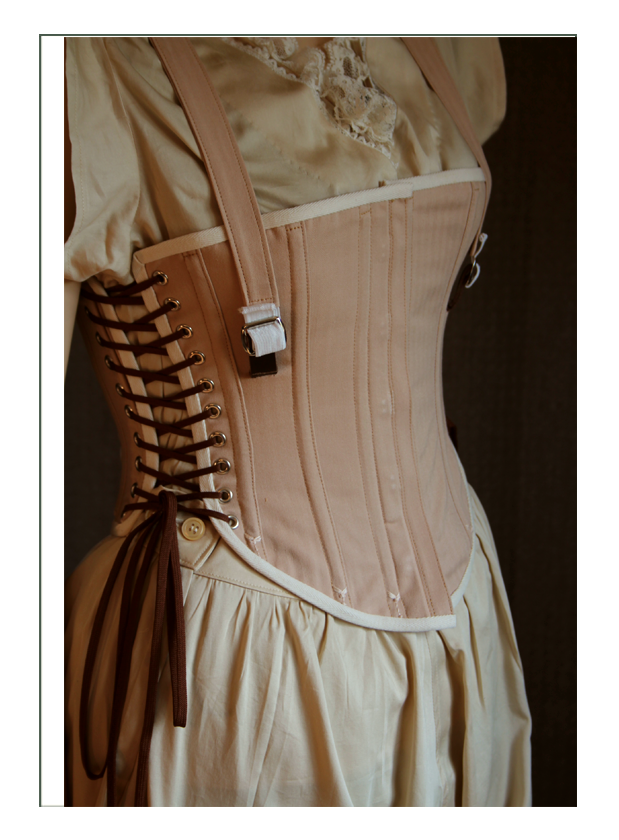
This we did a custom design out of a flesh colored couteil that will not show through the semi-sheer gauze shirtwaist. Couteil is the strongest fabric in all directions you can find for corsets. We added a heavy twill tape binding and trim, and a synthetic lacing string for strength and ease in lacing.
This is side lacing with a hidden center metal busk that is only 8″ long so it ends way above the natural waist so it won’t be bent or broken. Bones also stop above the waist, and are reinforced at the points so they don’t slide down the channel by specific embroidery.
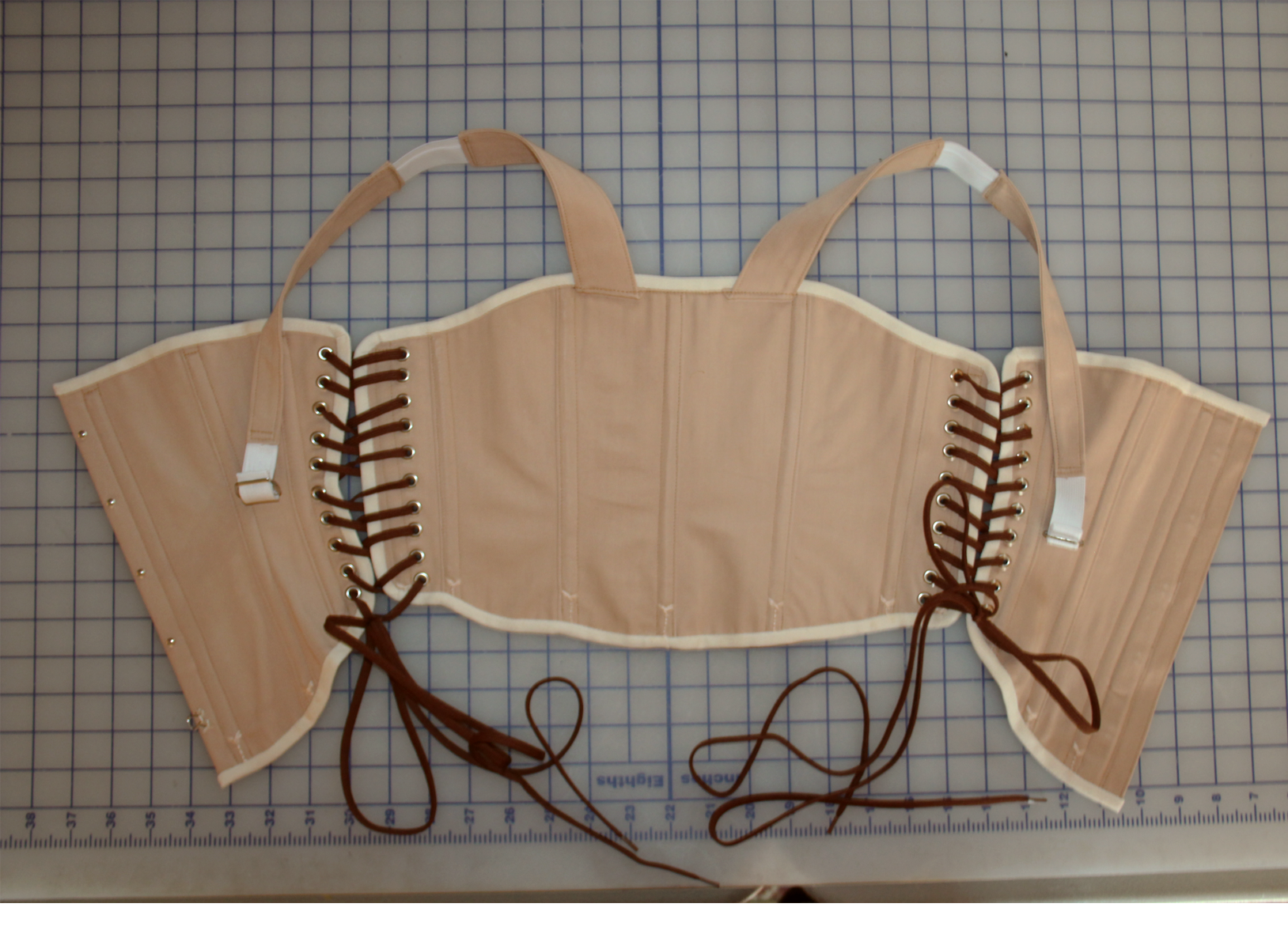
Lightly boned only on the seams the same as Reform corsets, it is 100% cotton and cotton lined for maximum breathability and comfort. Straps are set close to the neck for more support.
The shoulder straps have two elastic pieces to control bounce, and so it is adjustable as other models than Kateri might wear it. The whole thing is adjustable within about 4″ so larger women can wear it. The bust support is the focus for the boning, and while it is a straight-boned corset without bust gussets, it is well supporting for average cup sizes, and variable cup sizes up to “C”, although best for A-B cups.
Easy on and easy off without a mirror, this one can be sweated in and worn for work or shooting the good guys.
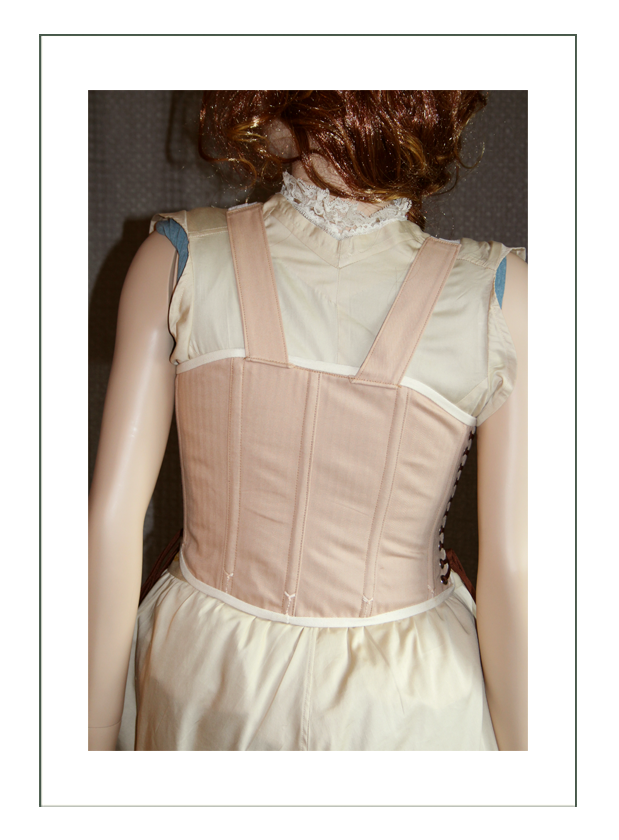
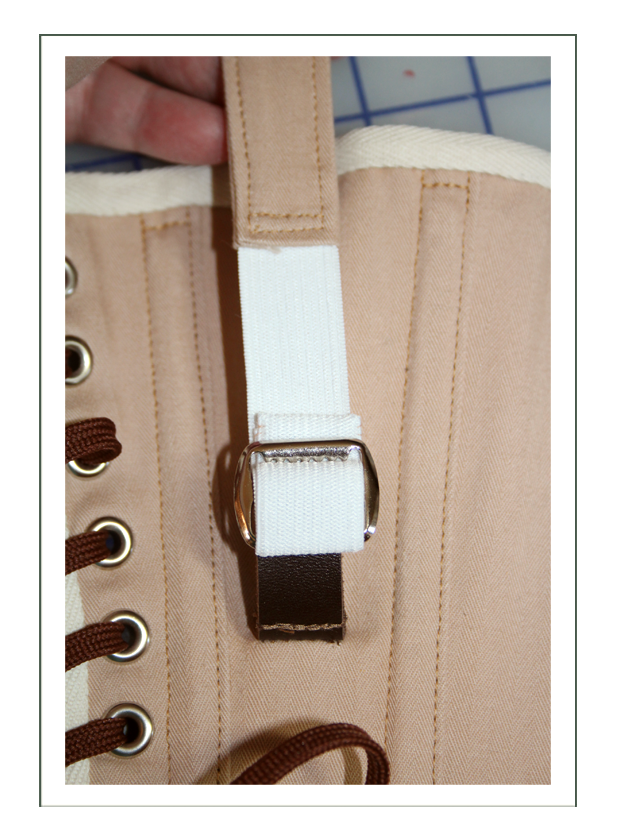
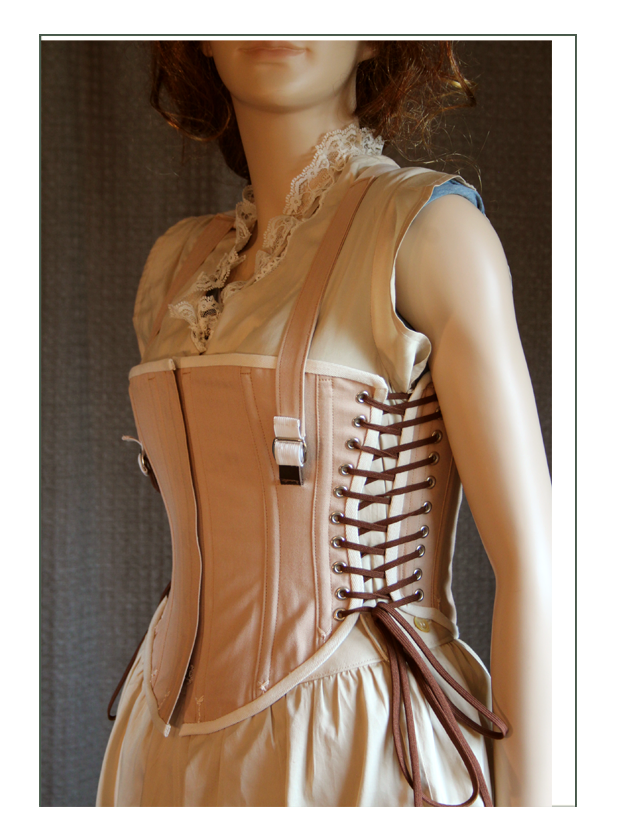
Camisole and Drawers
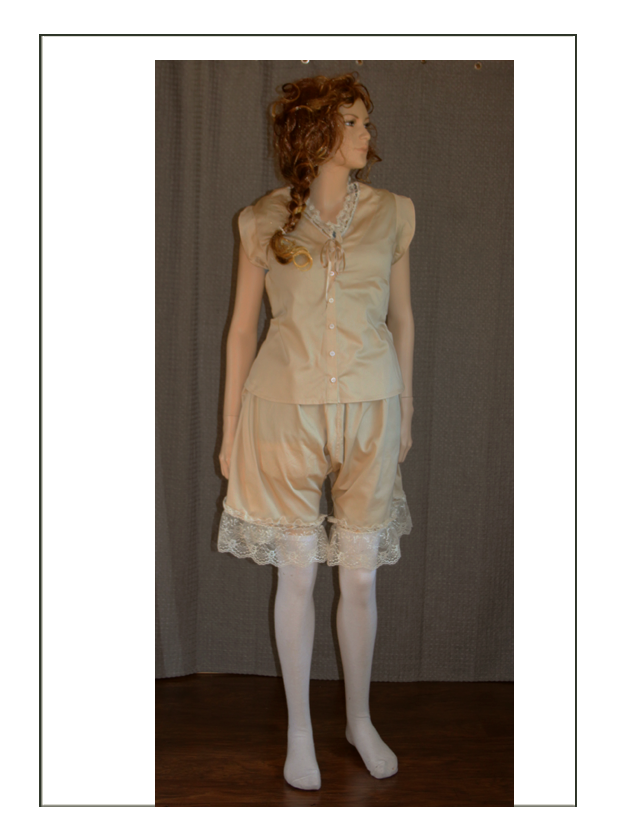
Remember – women did not wear bras and panties! They had to have SOMETHING on! The bottommost layer next to the skin was during this time a pair of split drawers with a basic camisole. Those terms came into more consistent use as the 20th century progressed, but they will suffice for our purposes.
Both are made of 100% cotton sateen for maximum breathability and sweat absorption. This is the very washable layer that a woman would wear while bathing in a stream with men present if one was an outlaw, so they had to be somewhat thick and very durable.
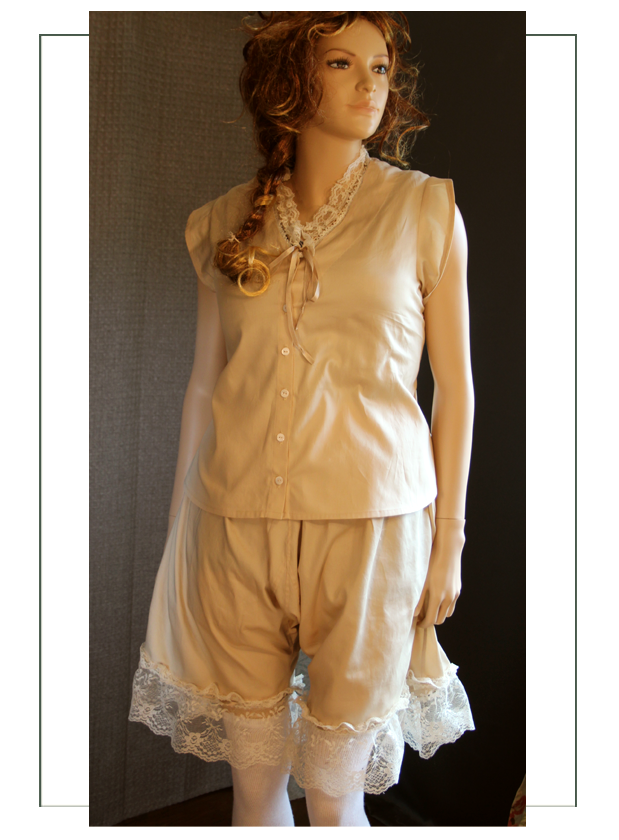
The Camisole also protects from rubbing by the corset. This one has an “inverted” (upside down) type of cap sleeve that was specific to protect the underarms from chafing and to keep sweat off the corset. It has real mother of pearl front buttons and an adjustable silk tie insert lace.
Both the Cami and Drawers have a bit of a “nod” towards high fashion of the day in that undergarments were very frilly and decorated from the 1880’s to the 1910’s (more so latter). Even the most basic unders for an outlaw would have some decoration, so we added polyester lace and inserts typical of the day.
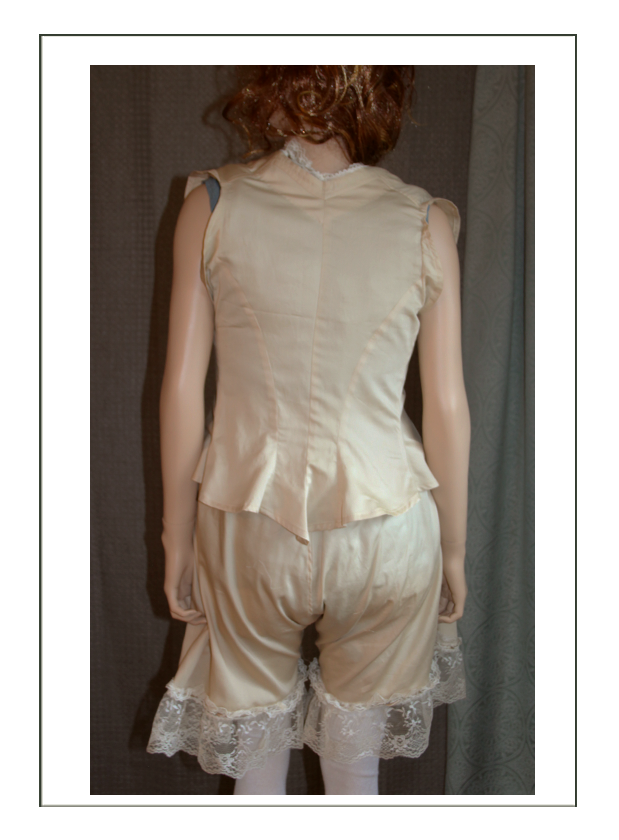
The drawers are NOT split which was consistent as the 1900’s approached, and have a drop front. Note the buttons and button holes appear to be backwards (for this reason we embroidered “back” on the back). This is not an accident; it makes it easier to coordinate taking the riding skirt off at the same time as the drawers since this is a later design and more akin to wearing panties and trousers. They are both much looser than today’s pants though.
The silhouettes with the wide bottom is maintained by the wide drawers, and both are made very full for ease in riding astride.
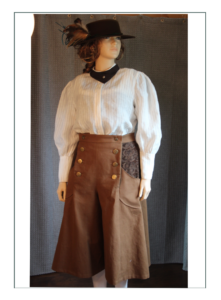
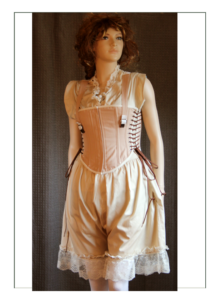
All Together
The very neutral skin colored undergarments are meant to not be seen under the outer garments at all, and are very, very basic in design yet very strong.
